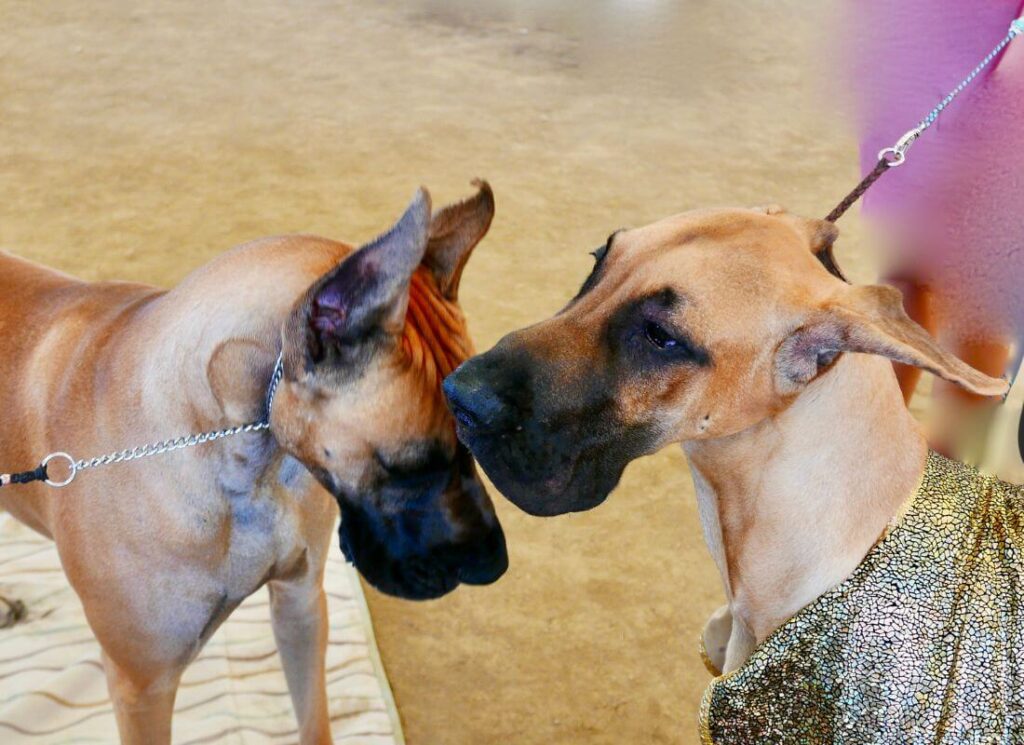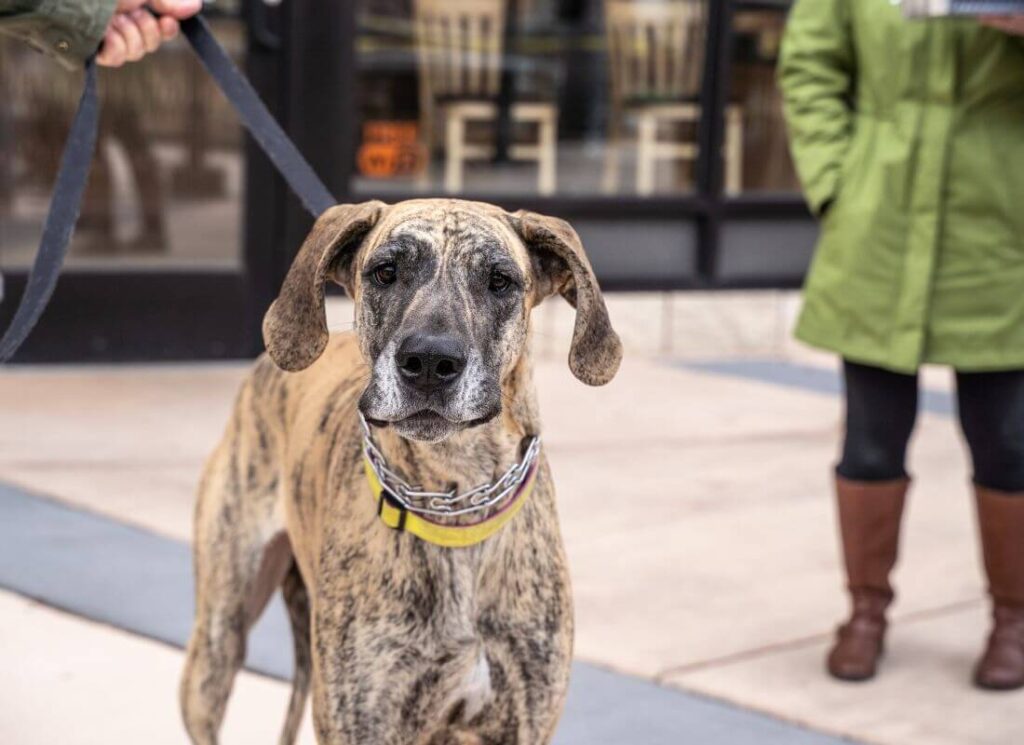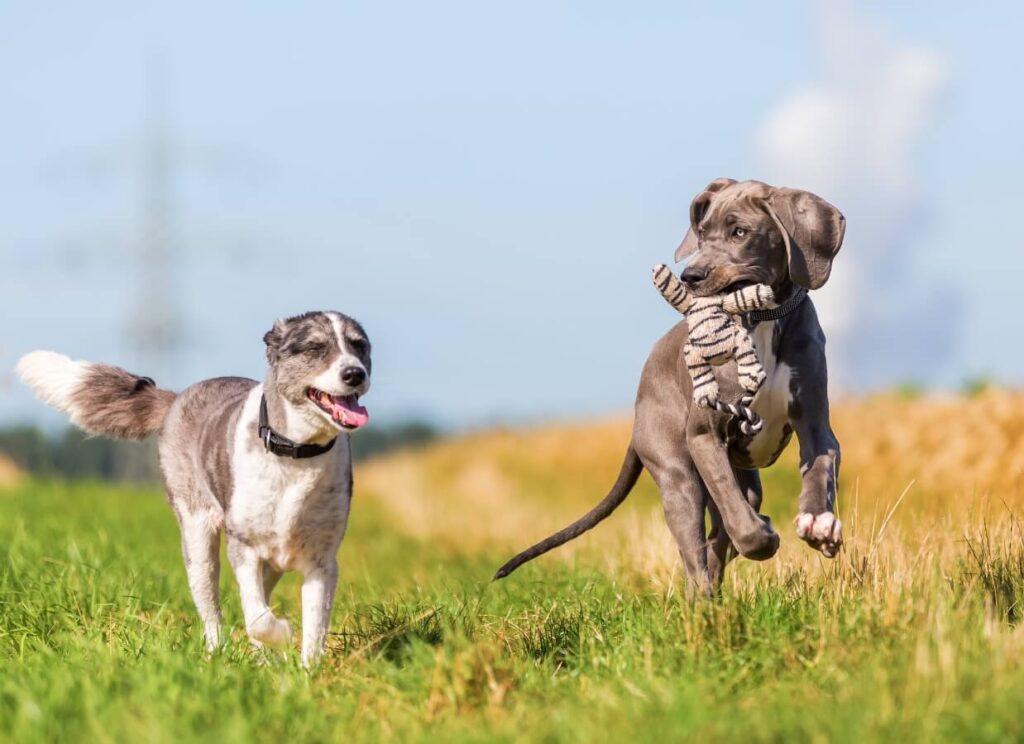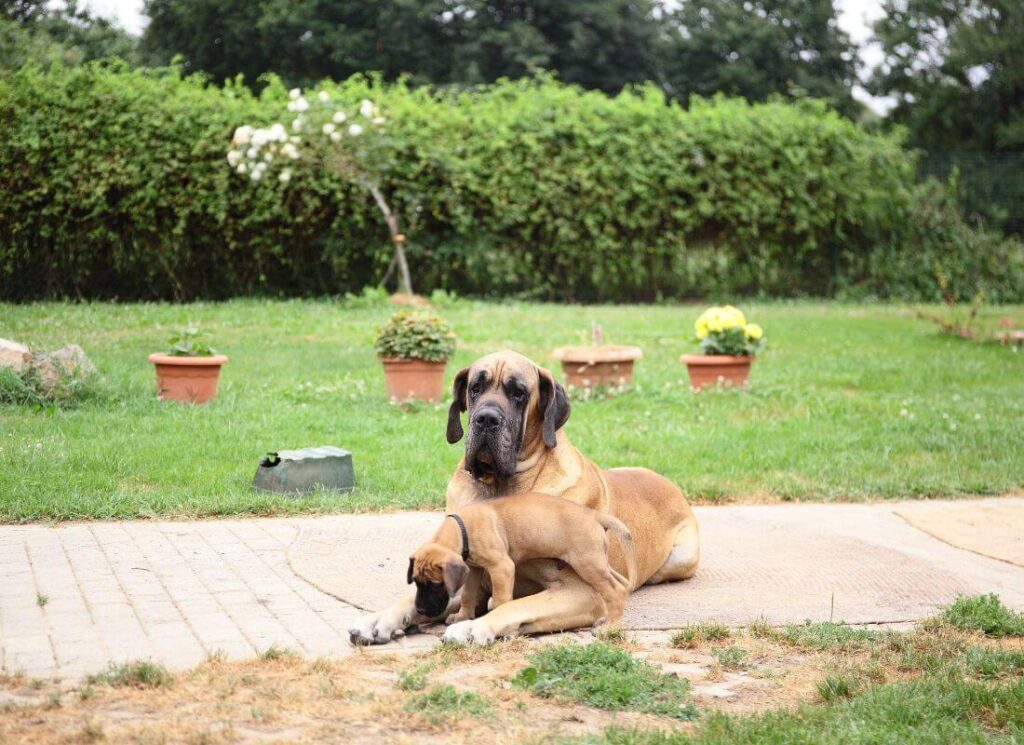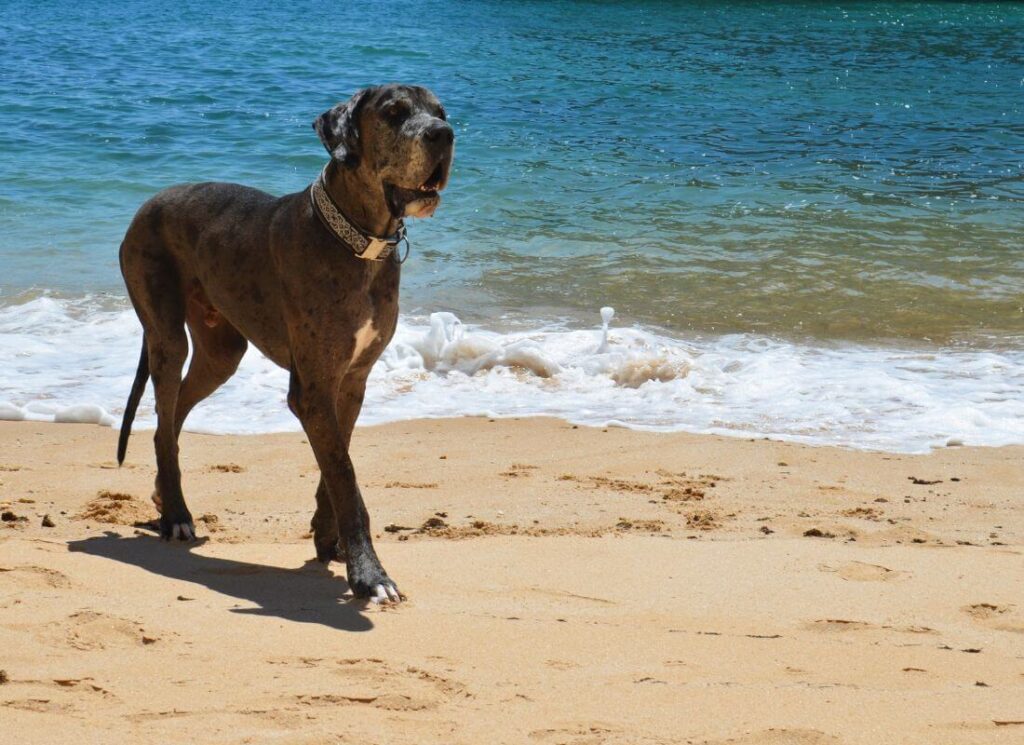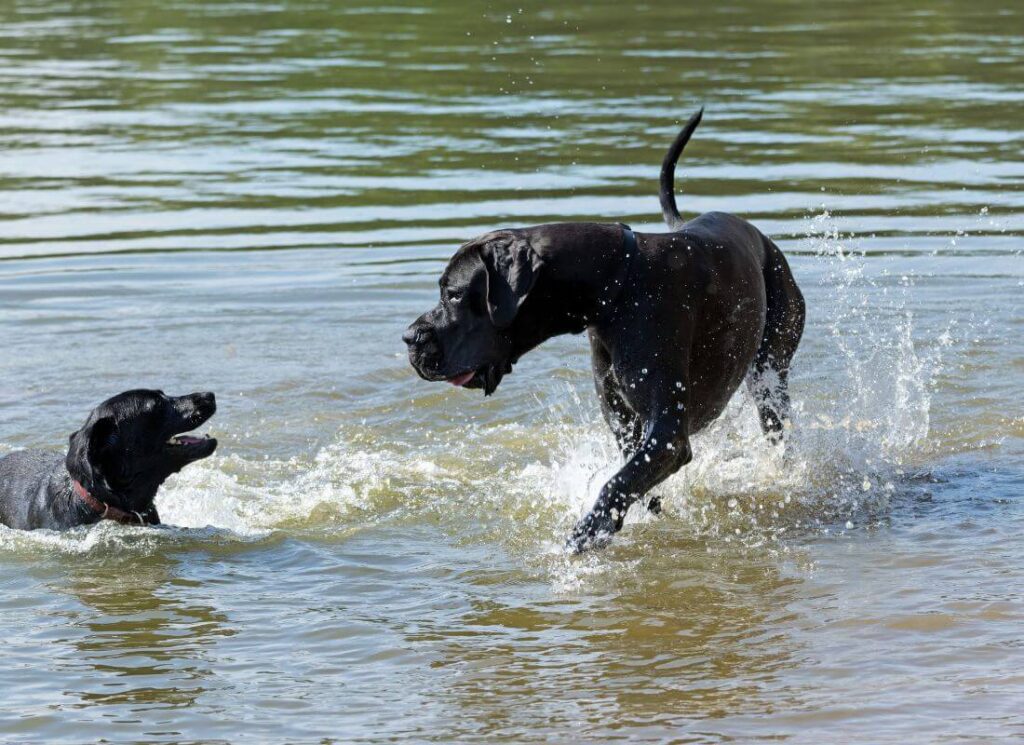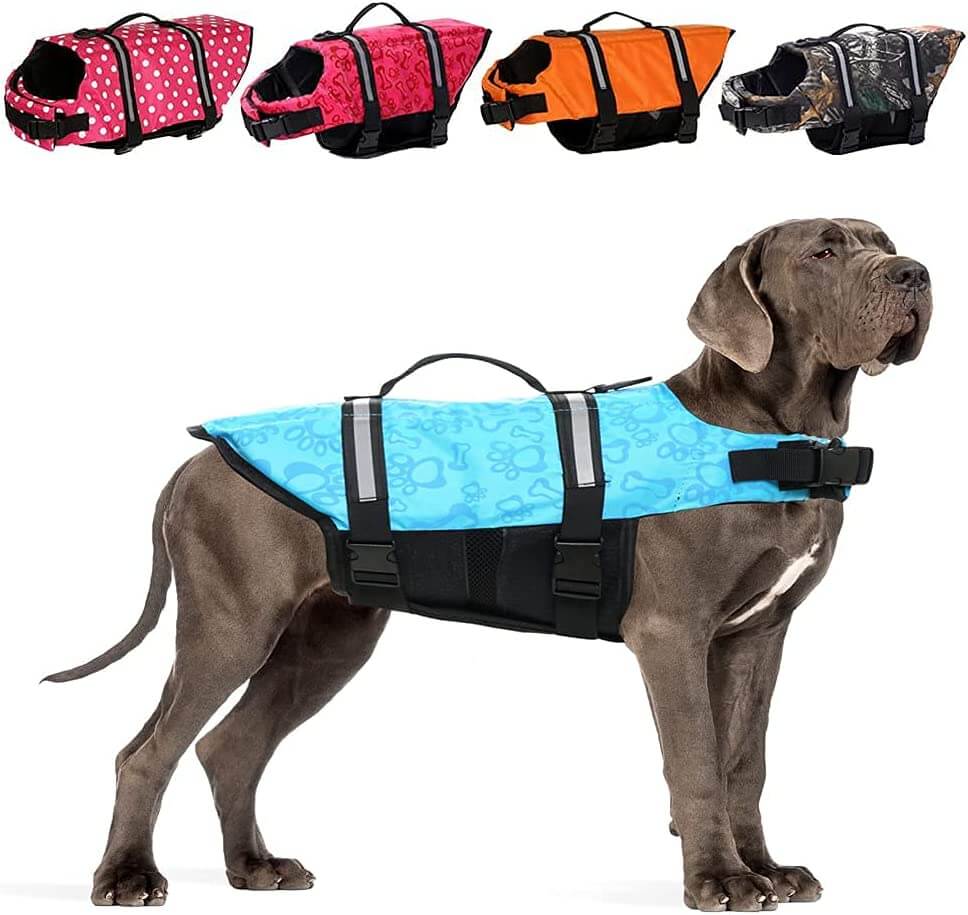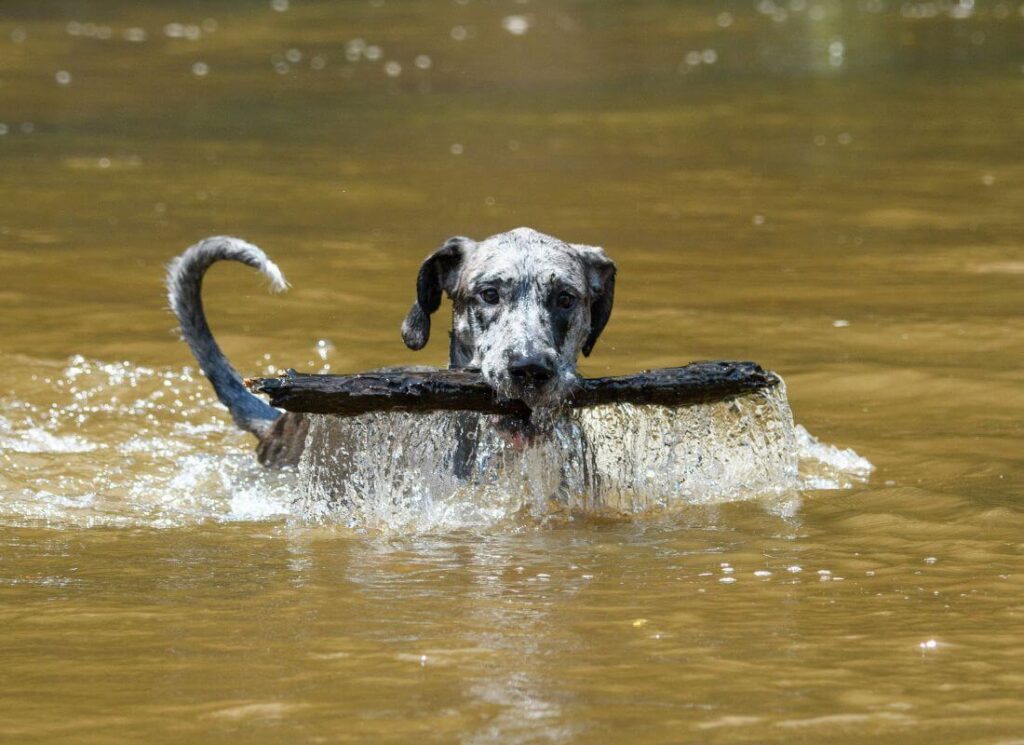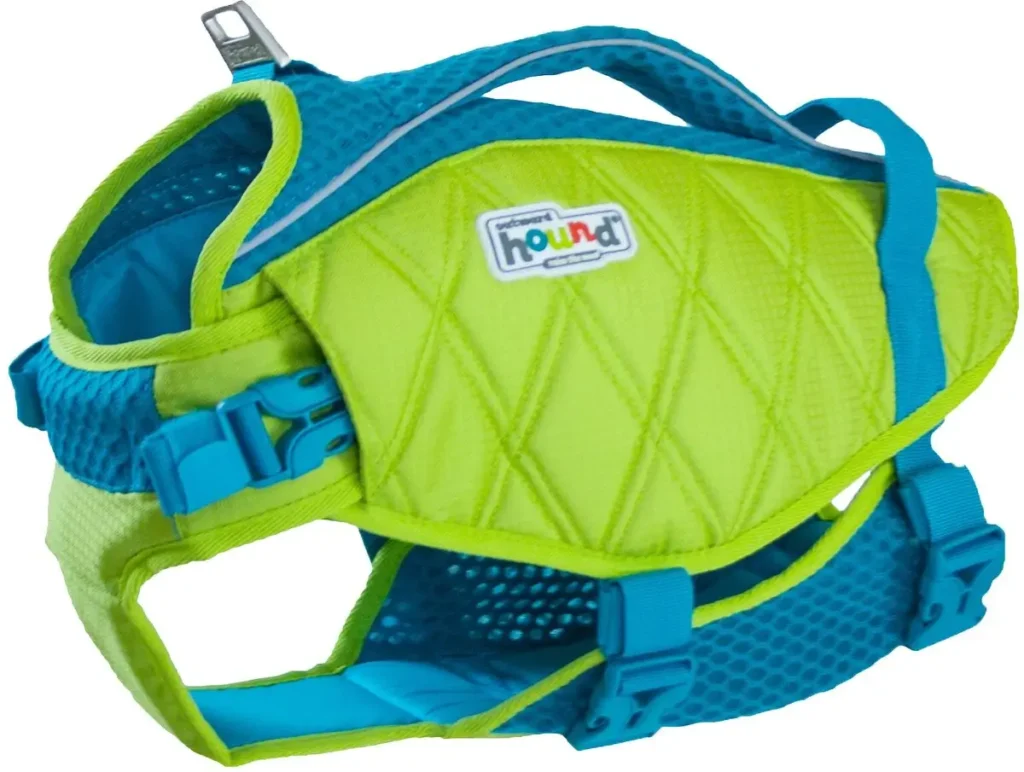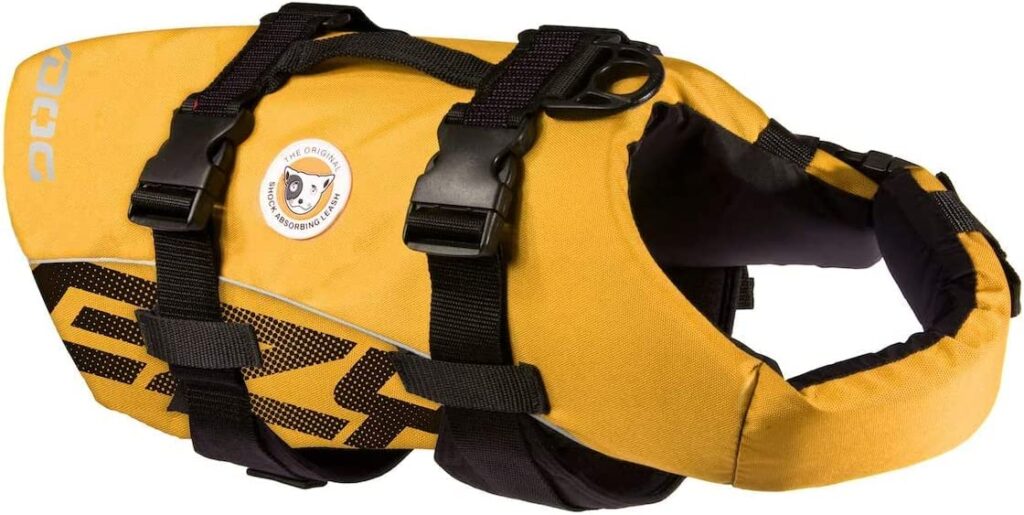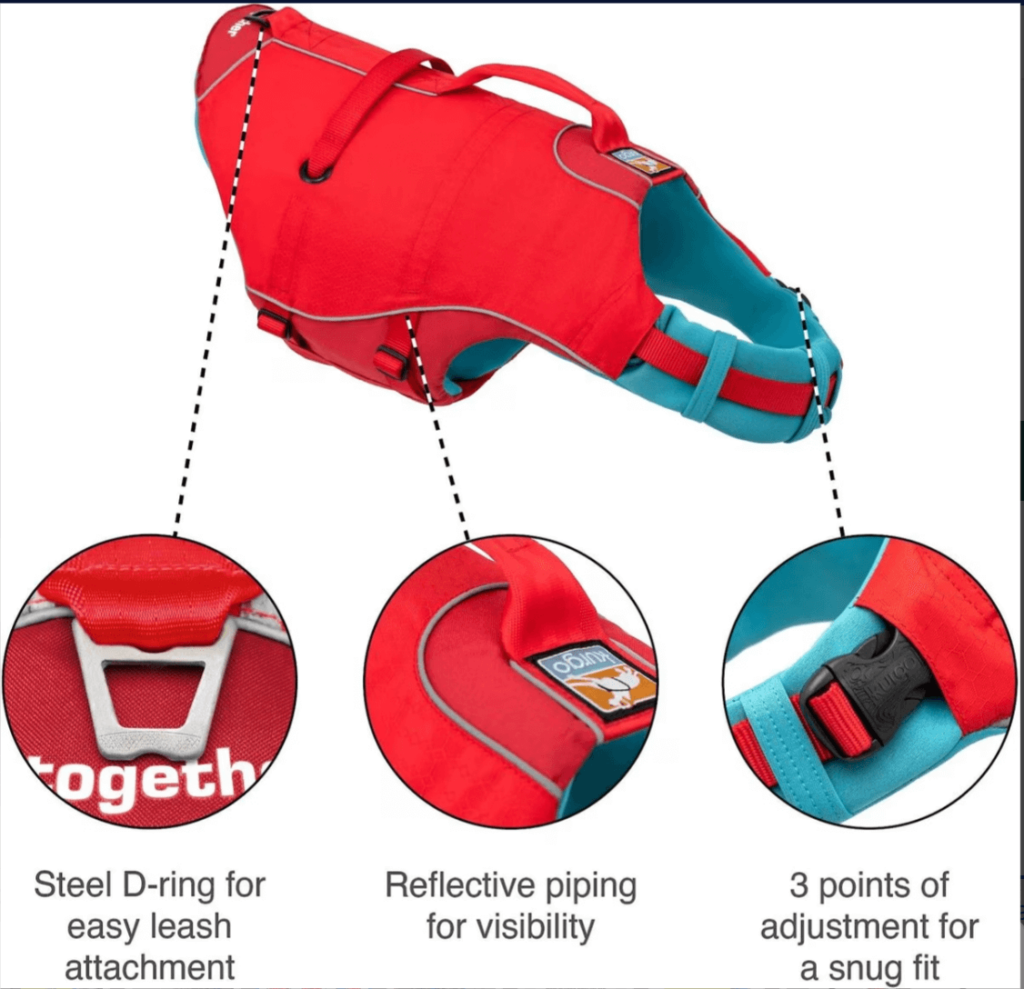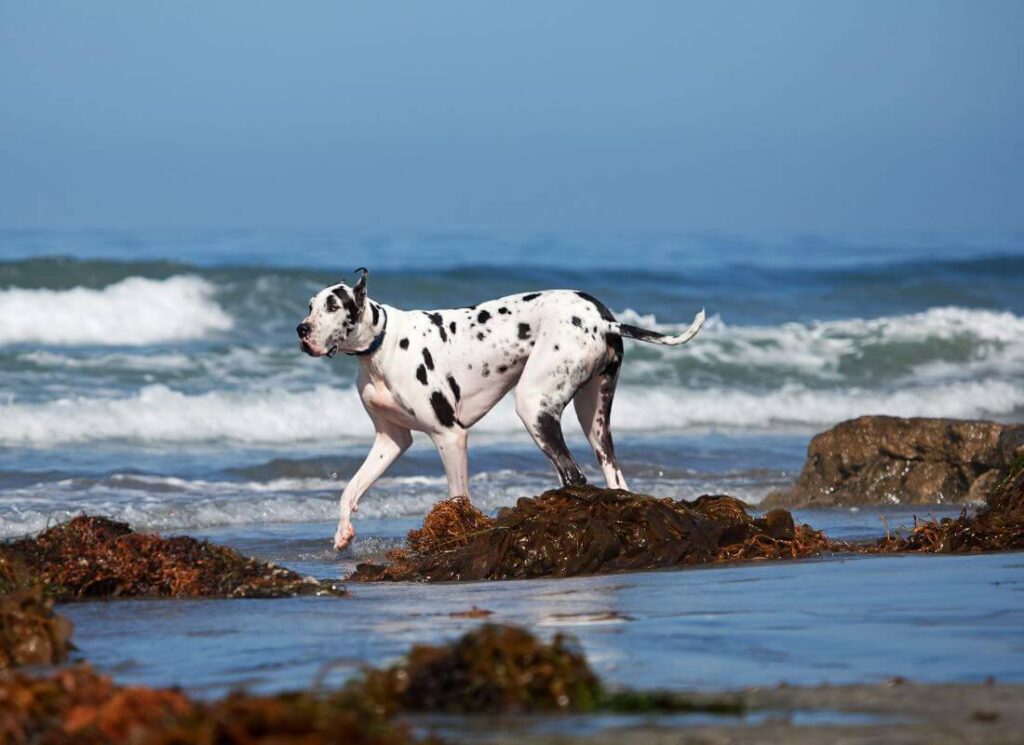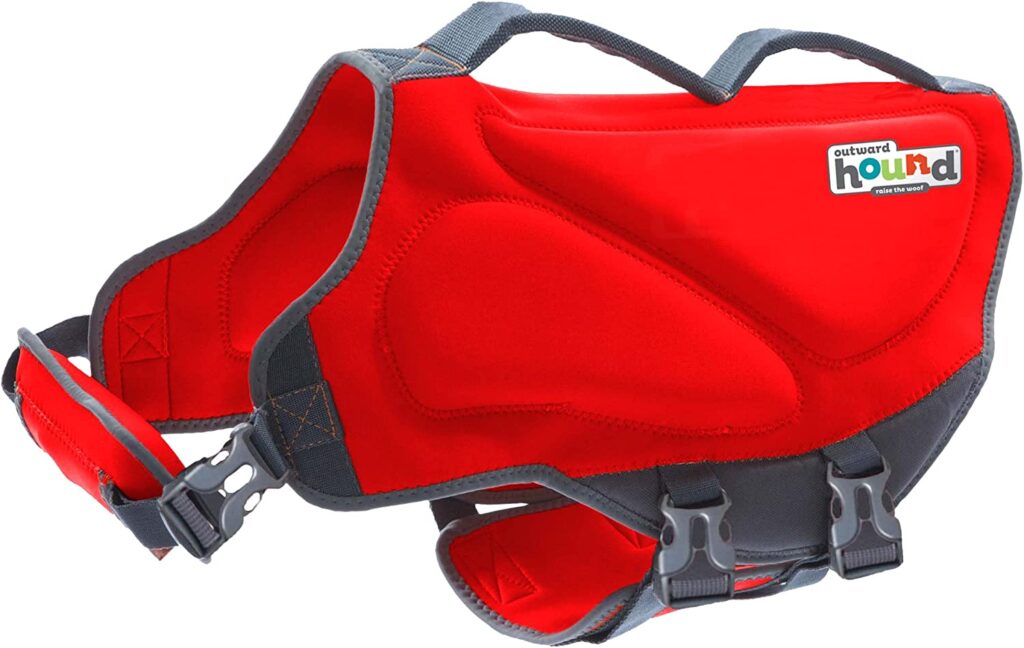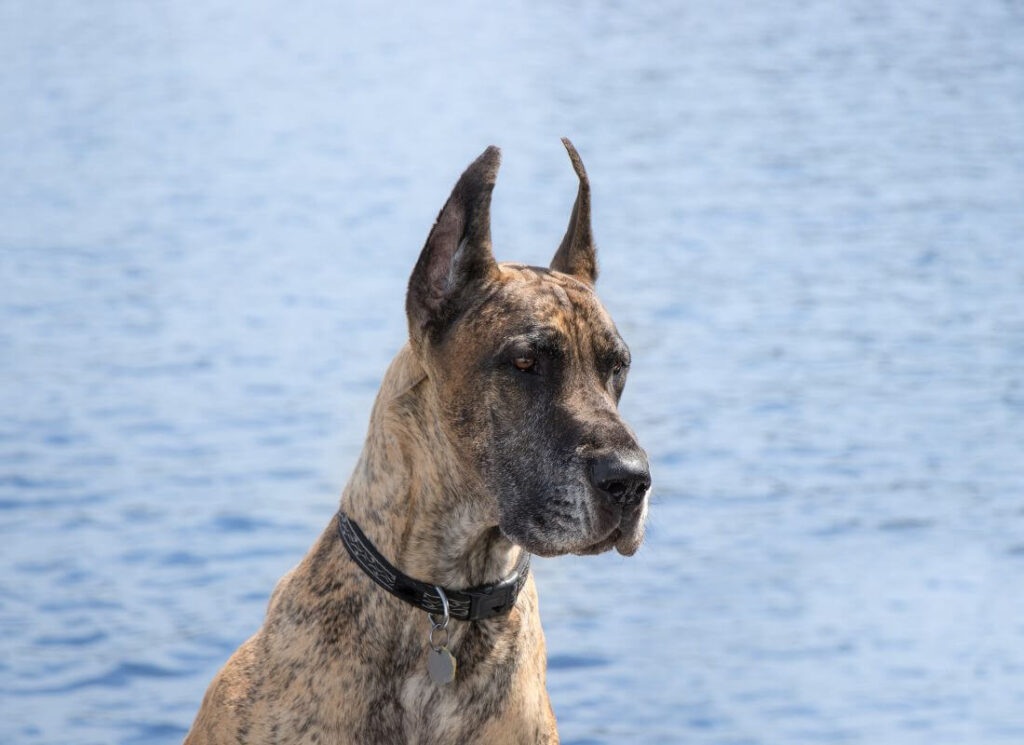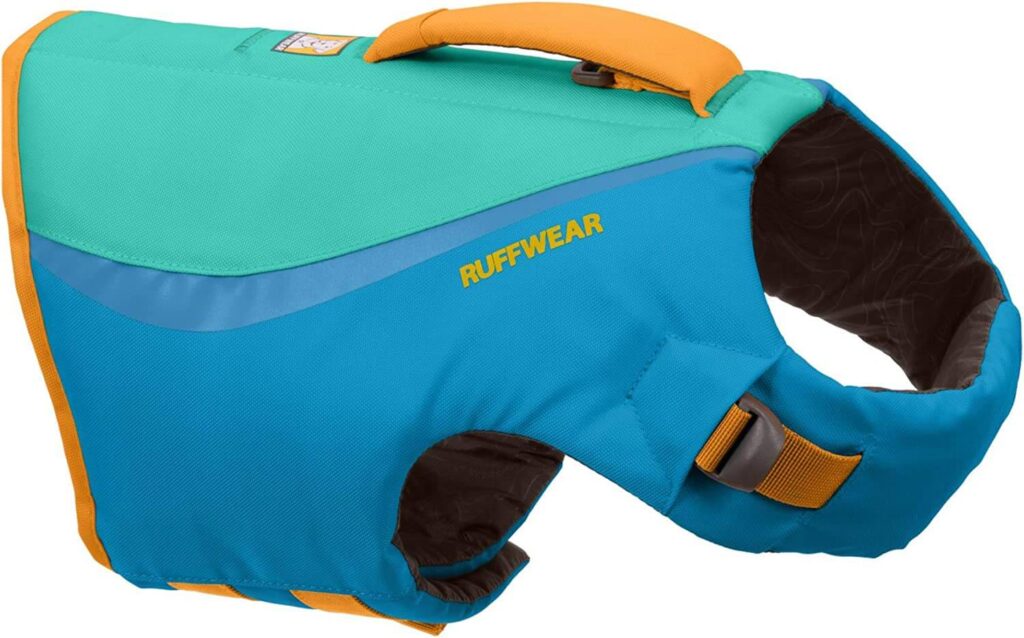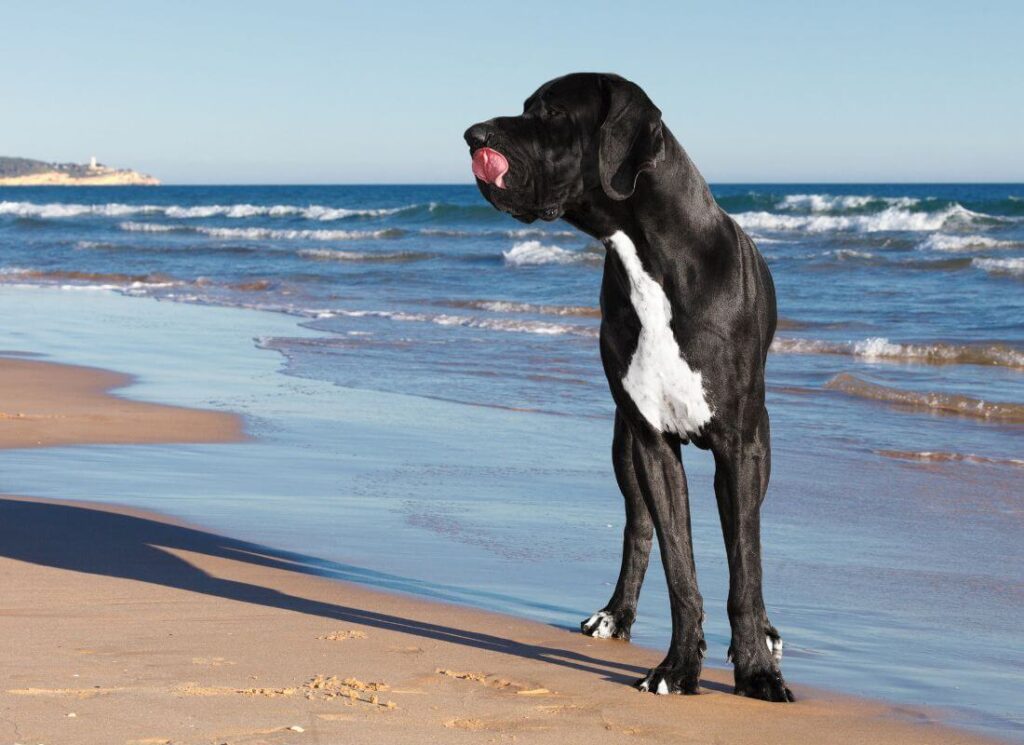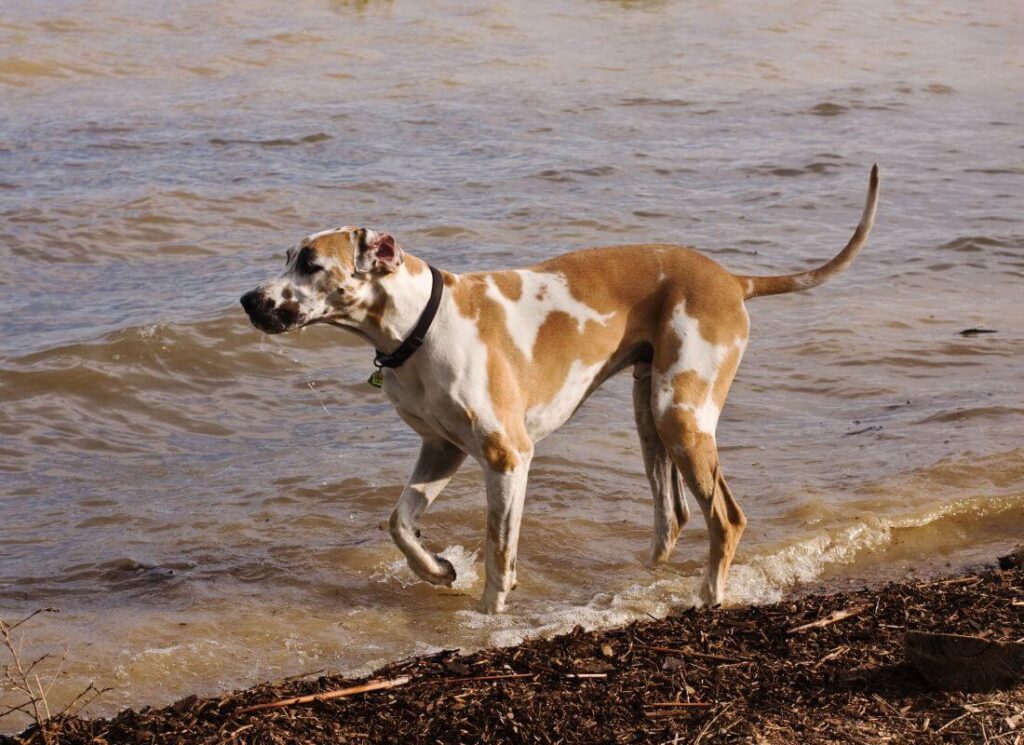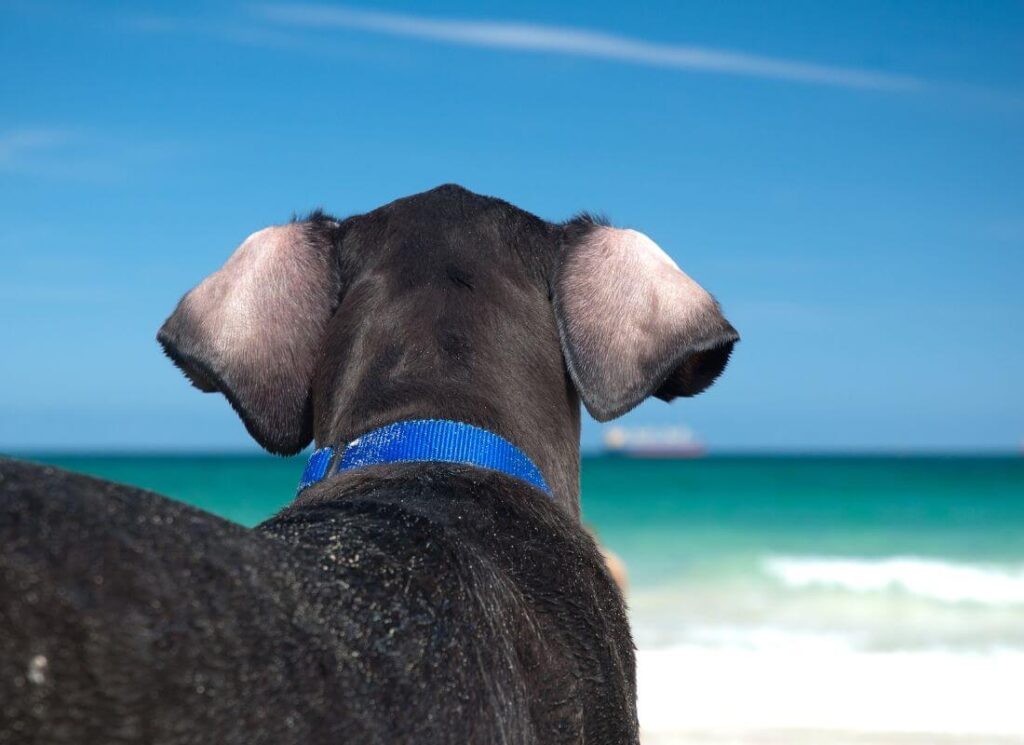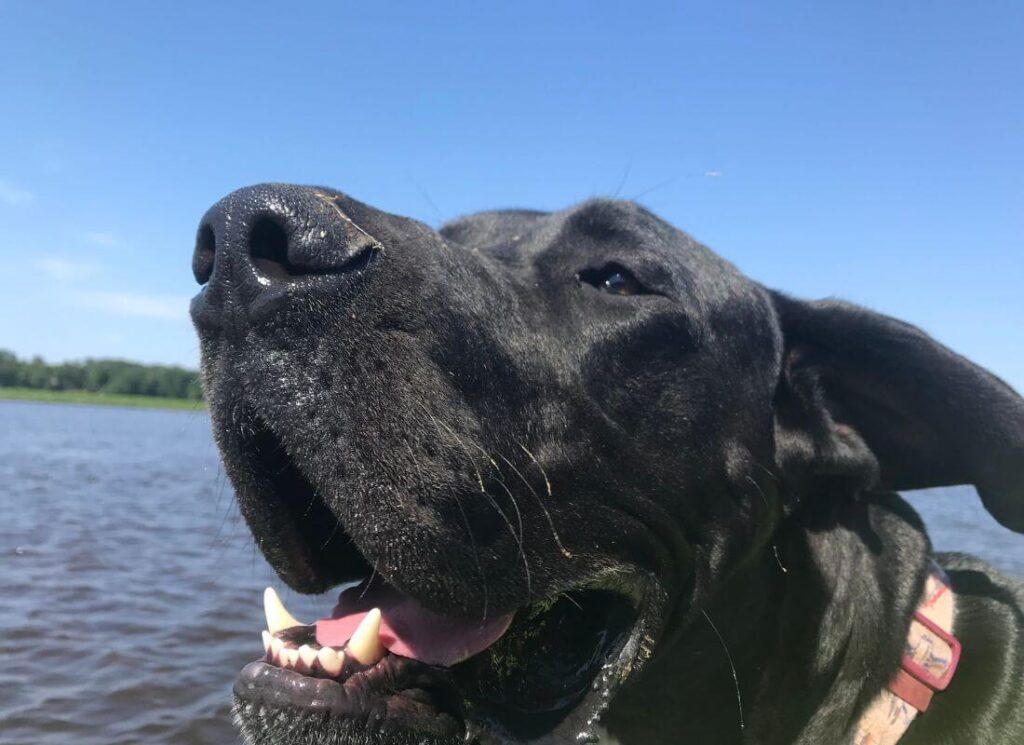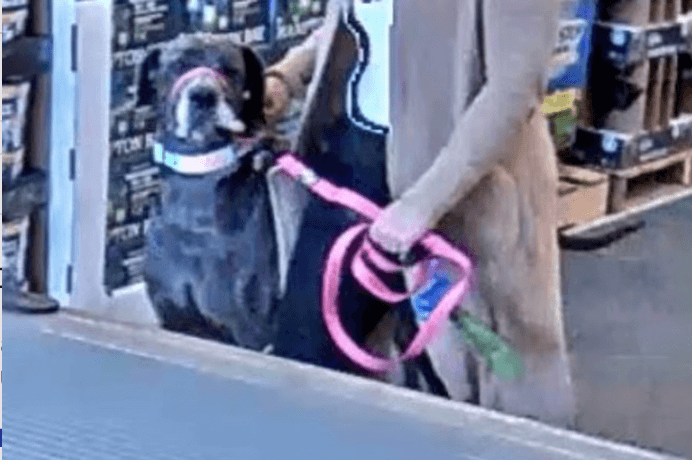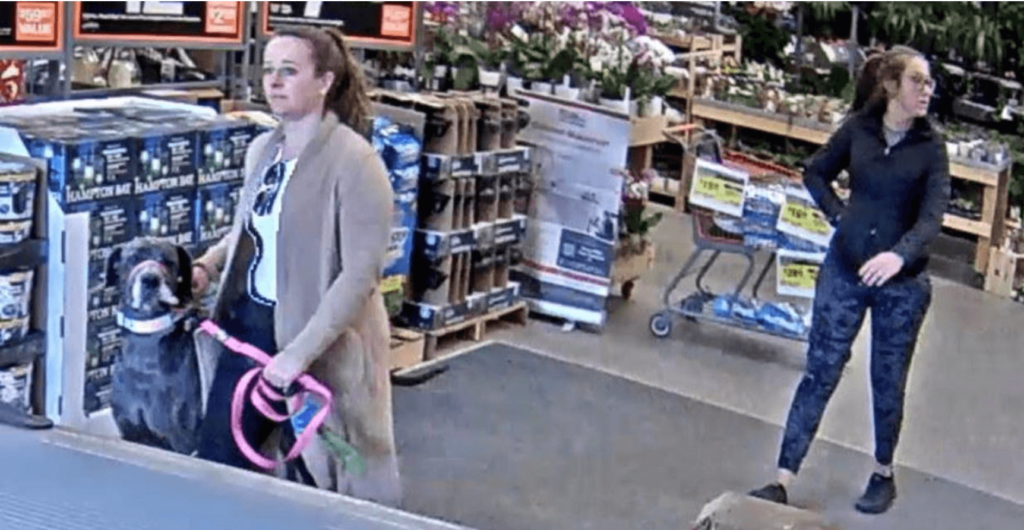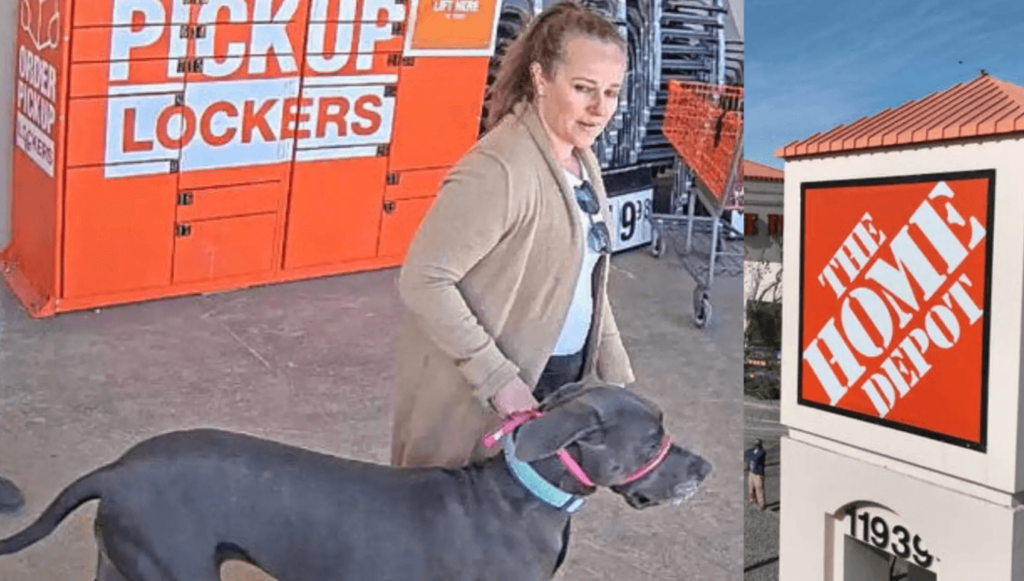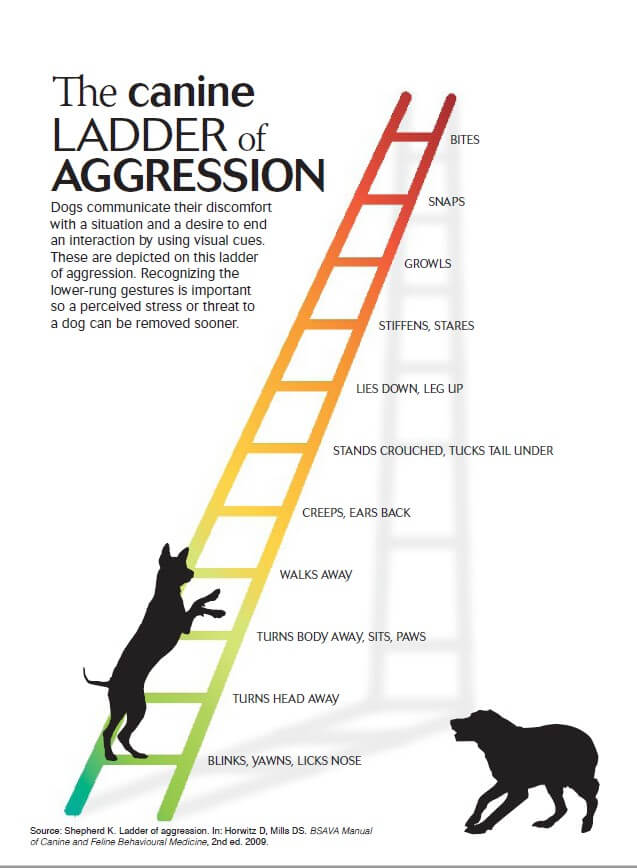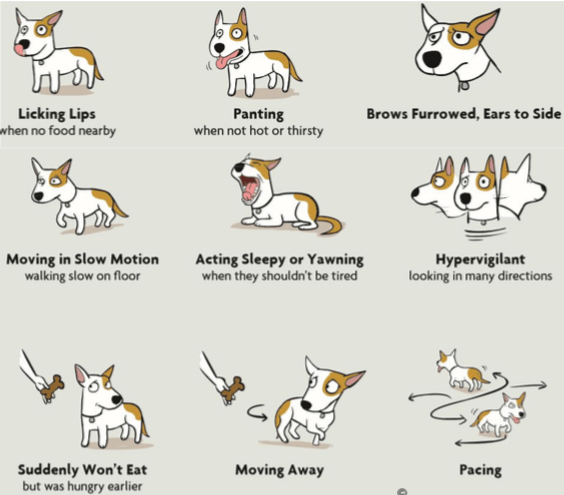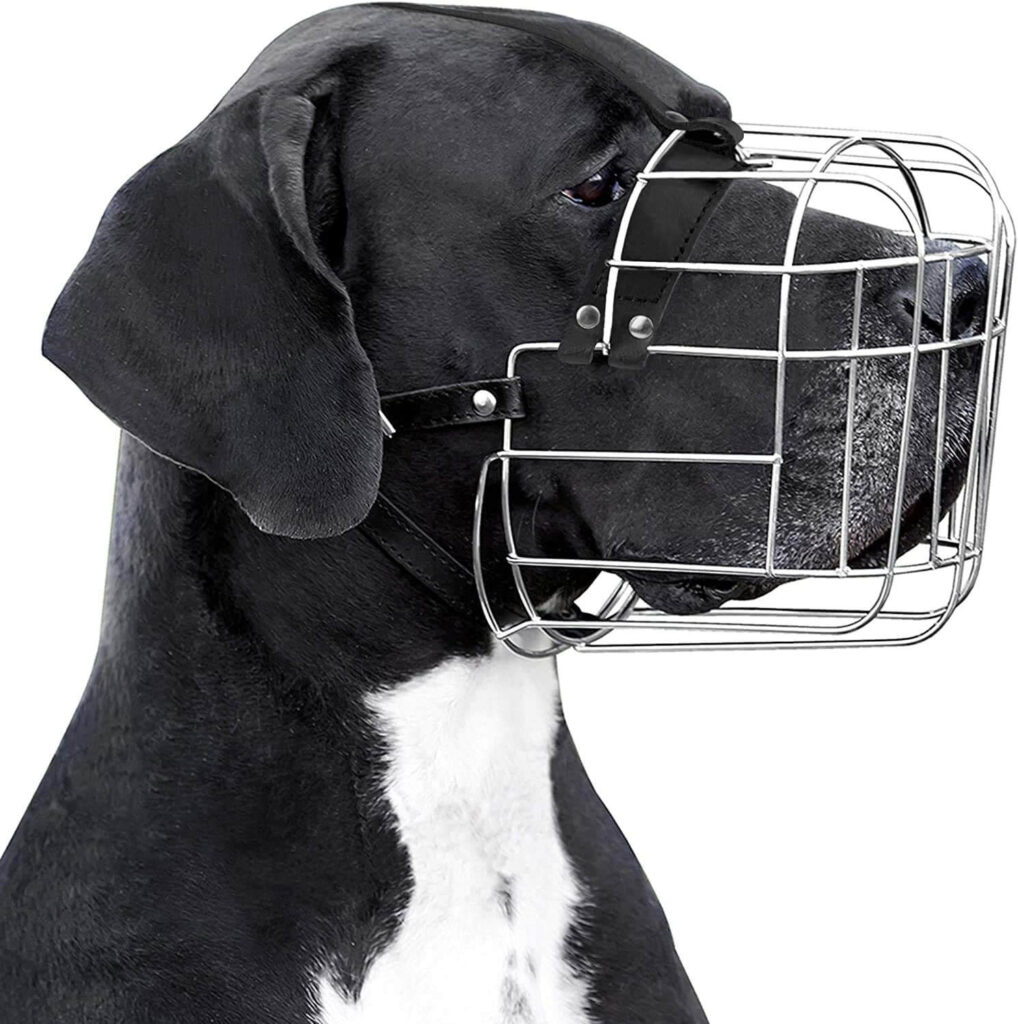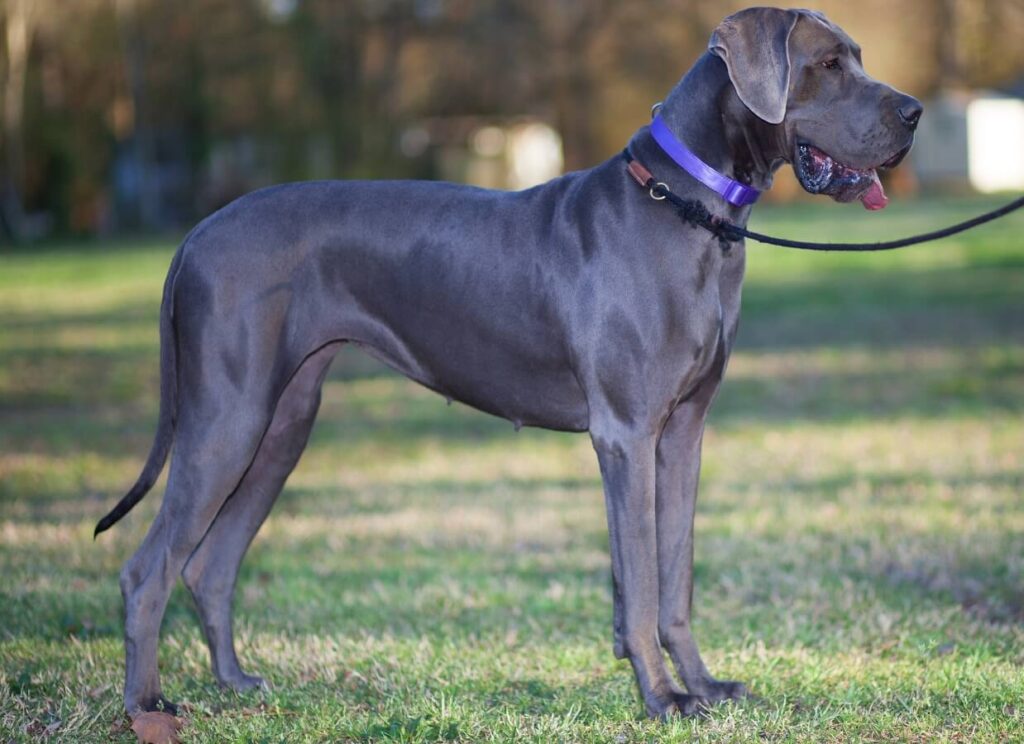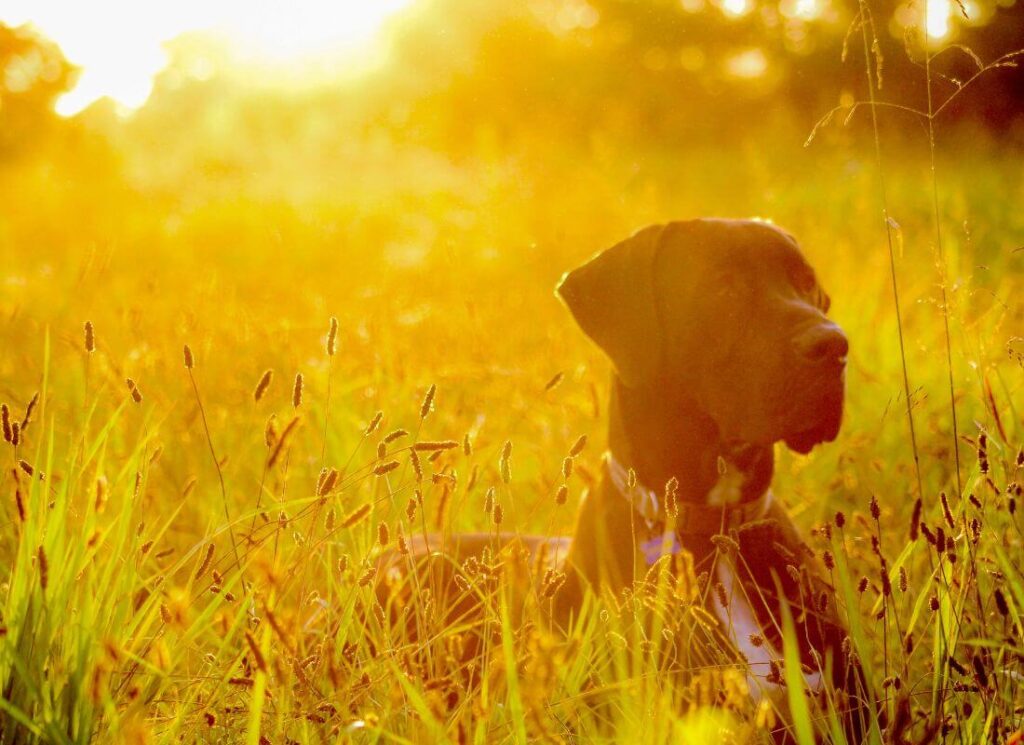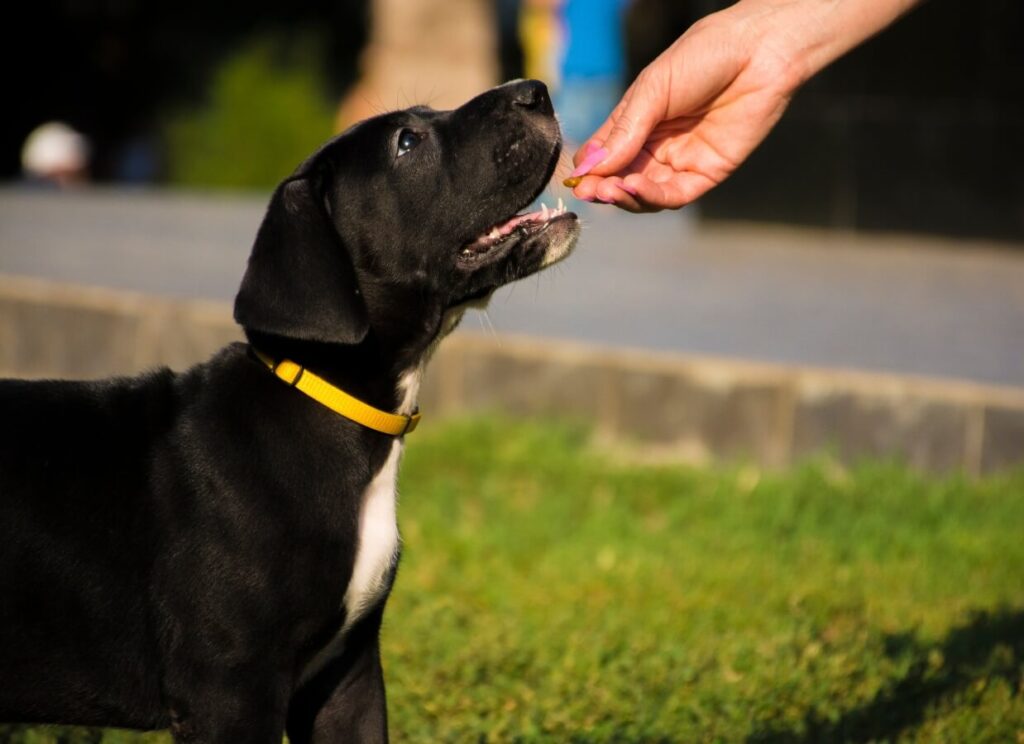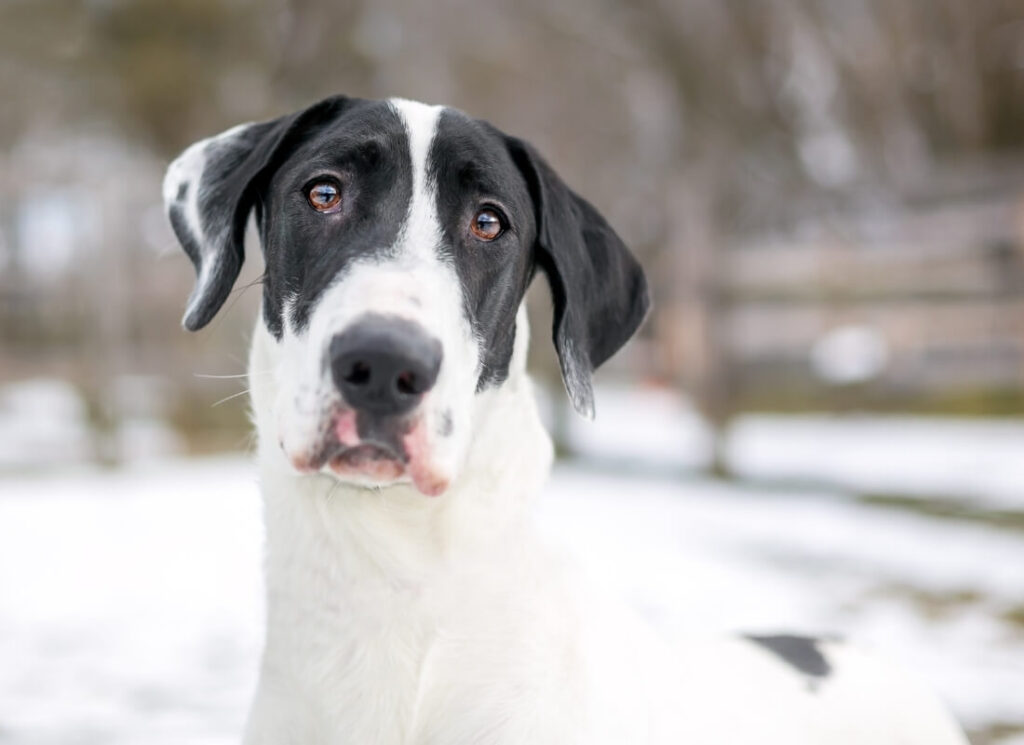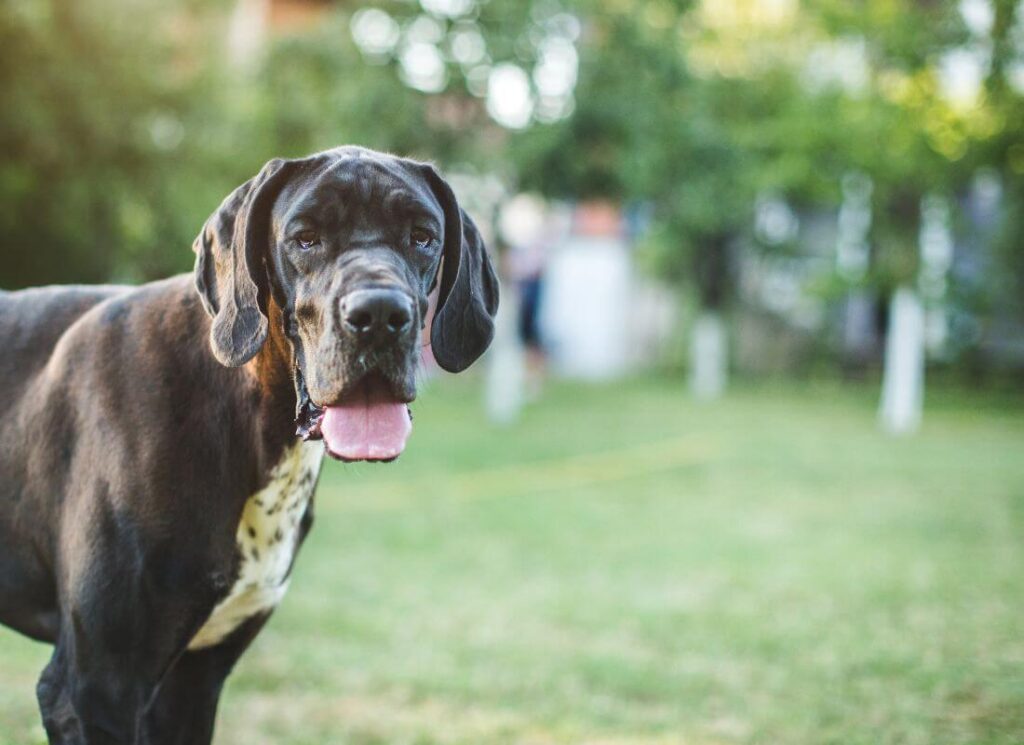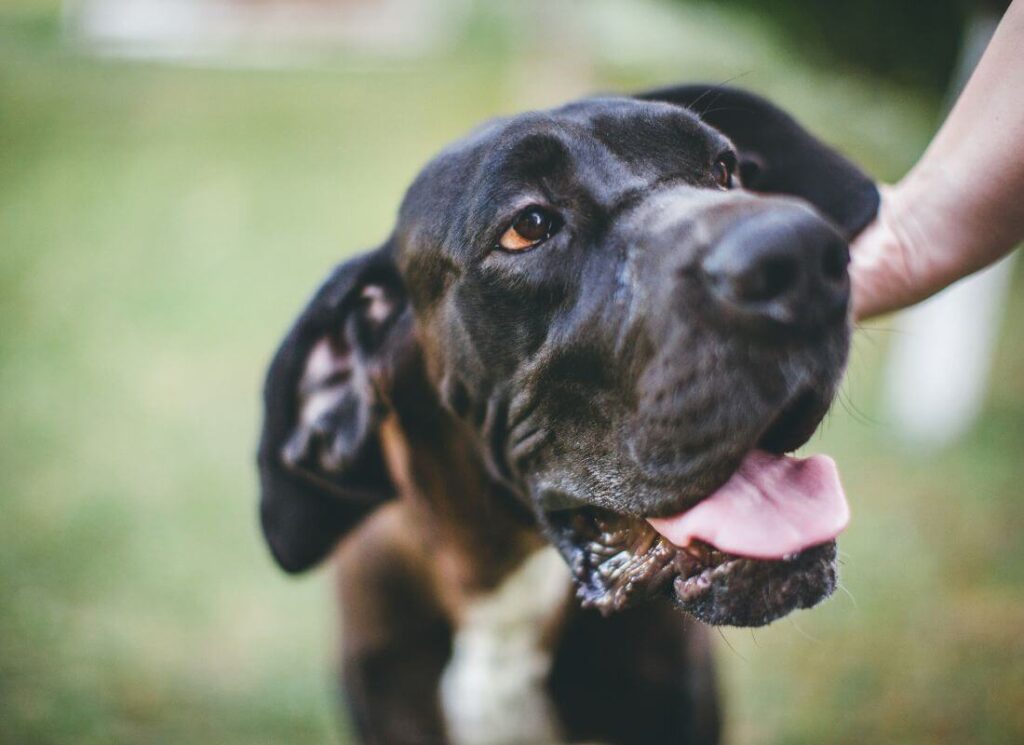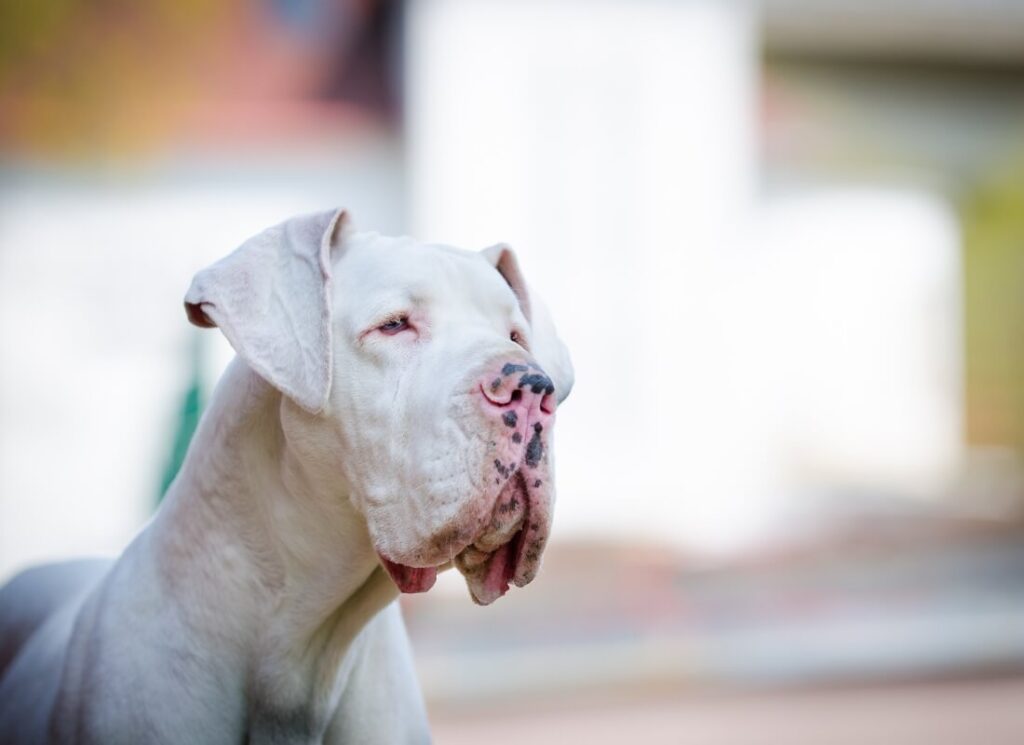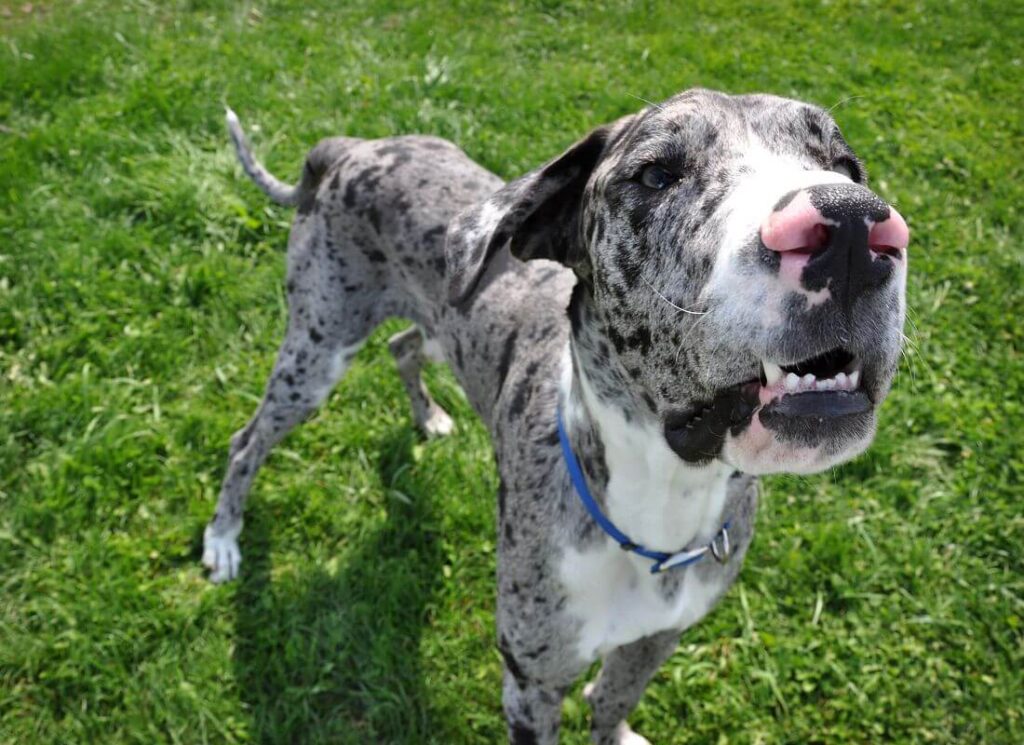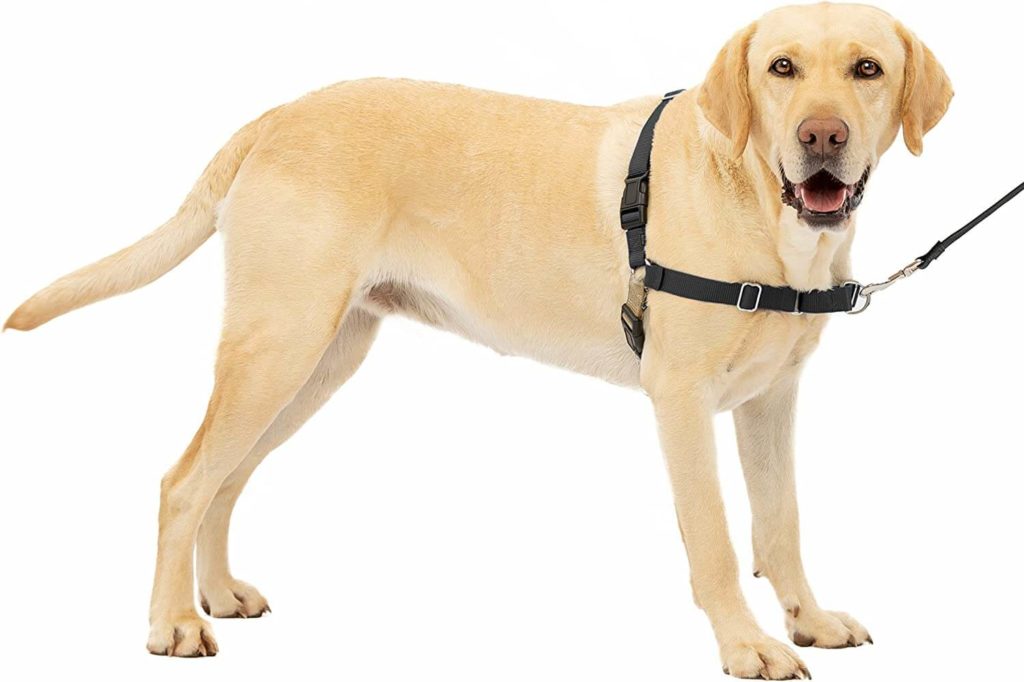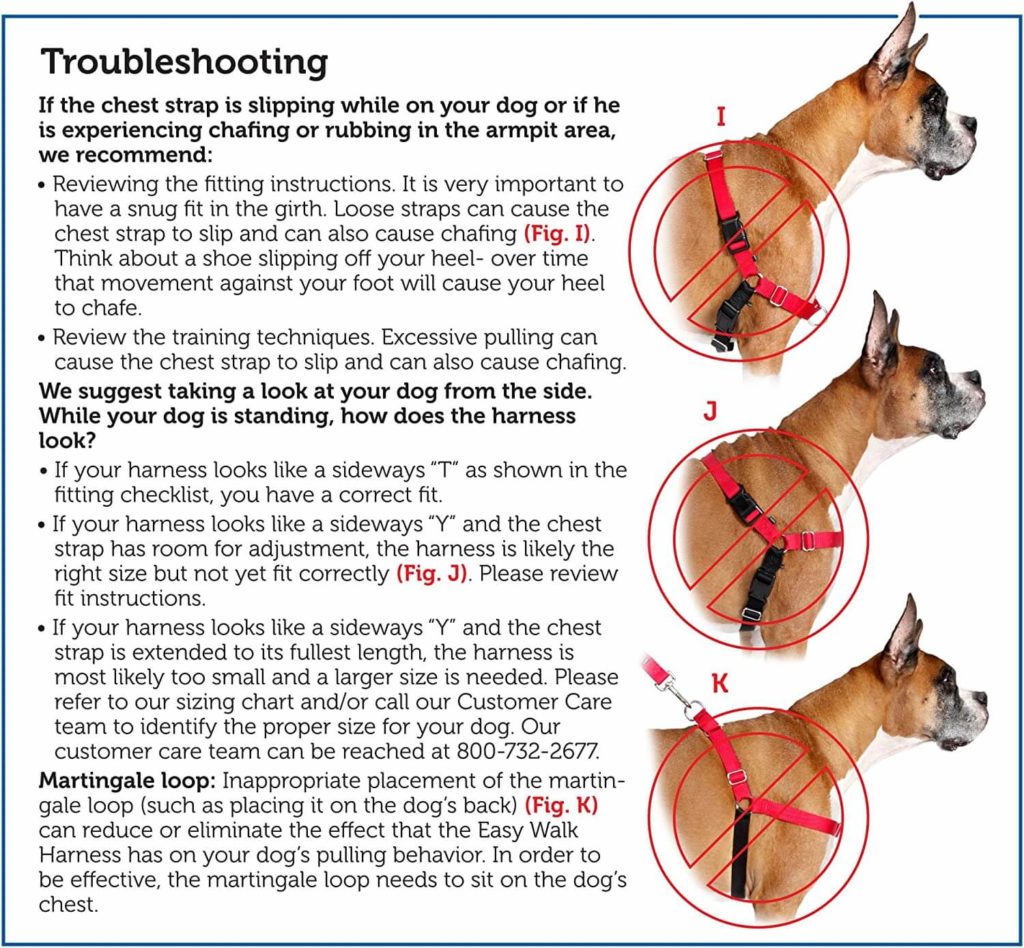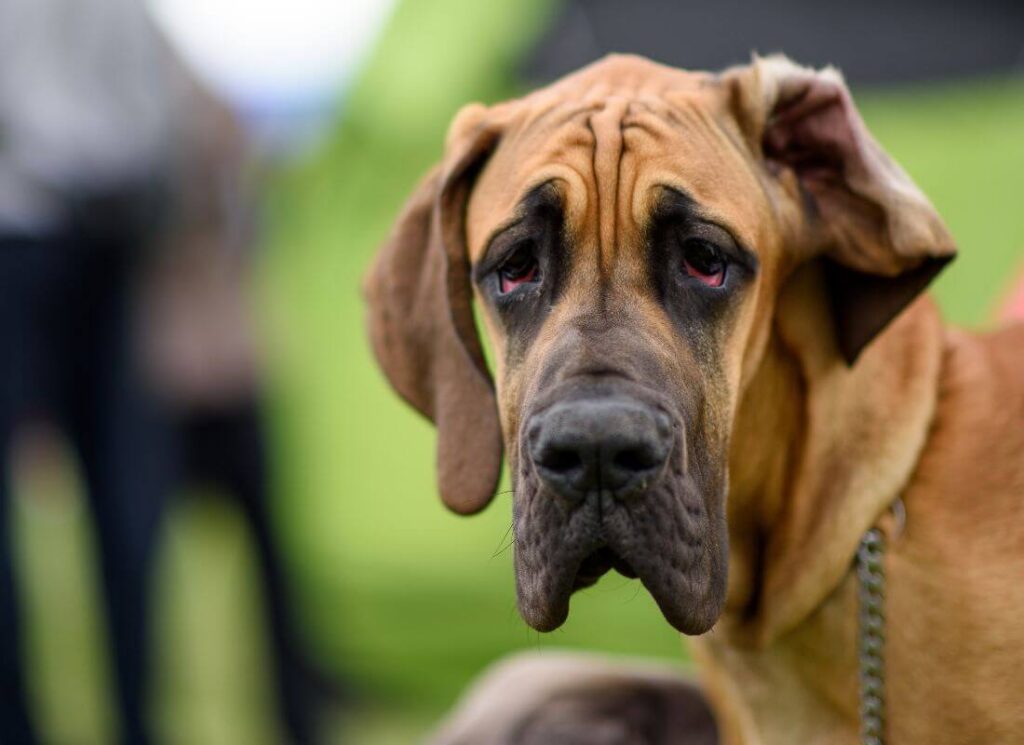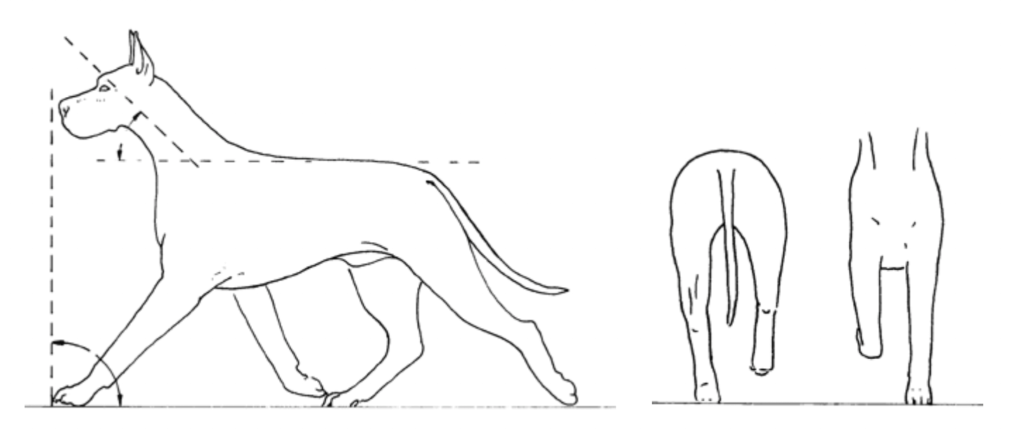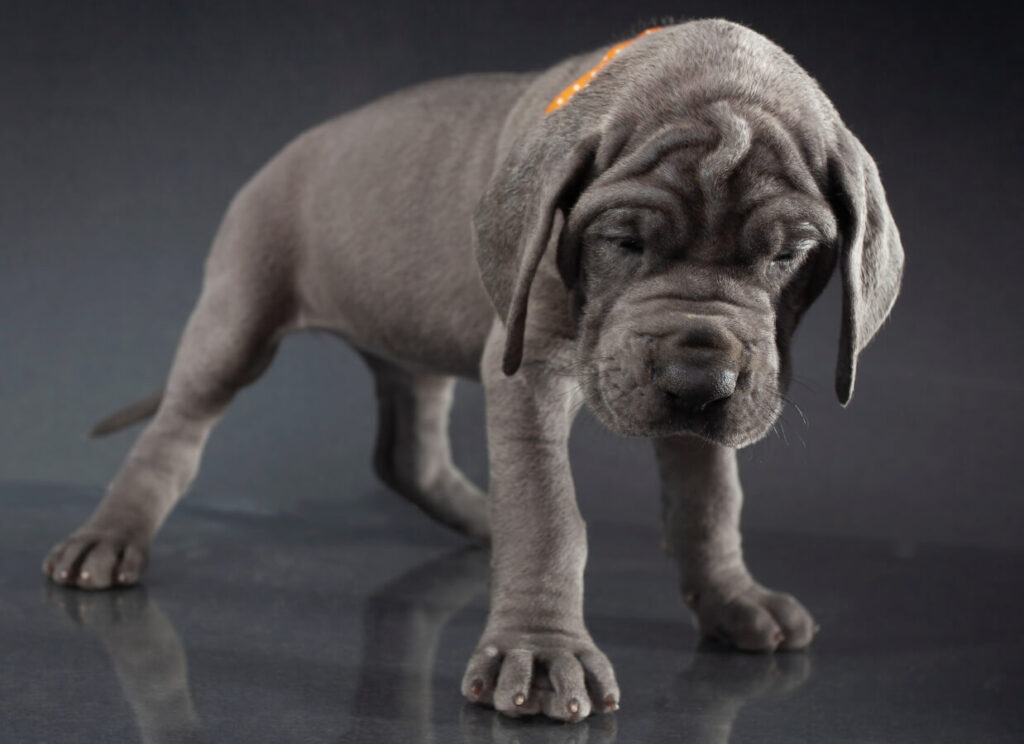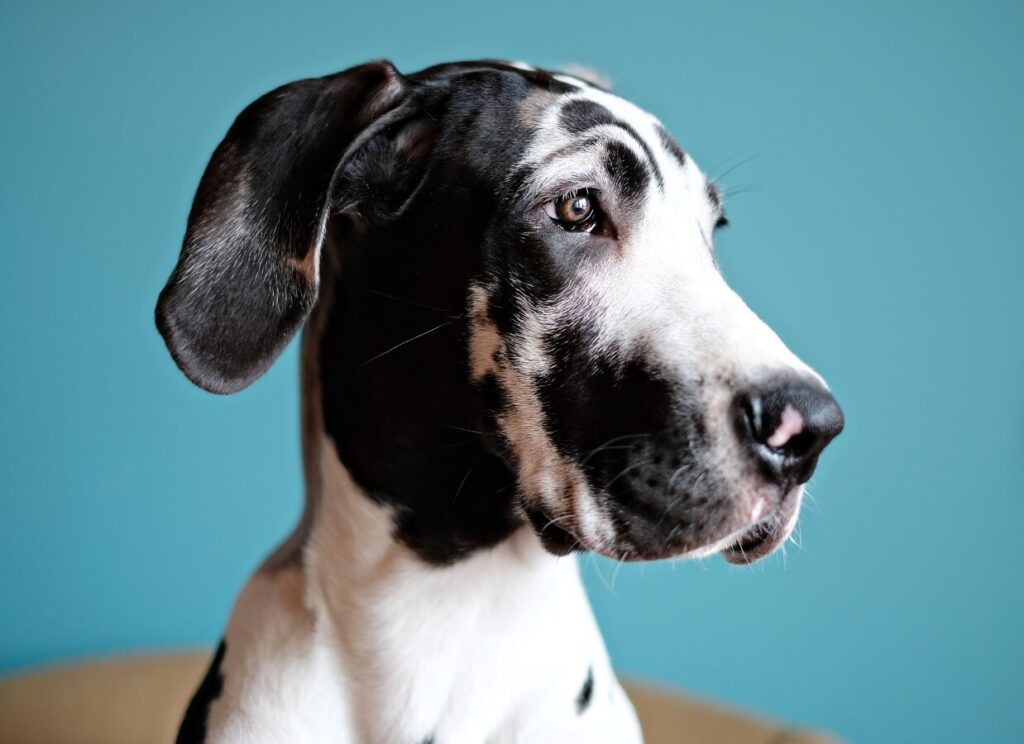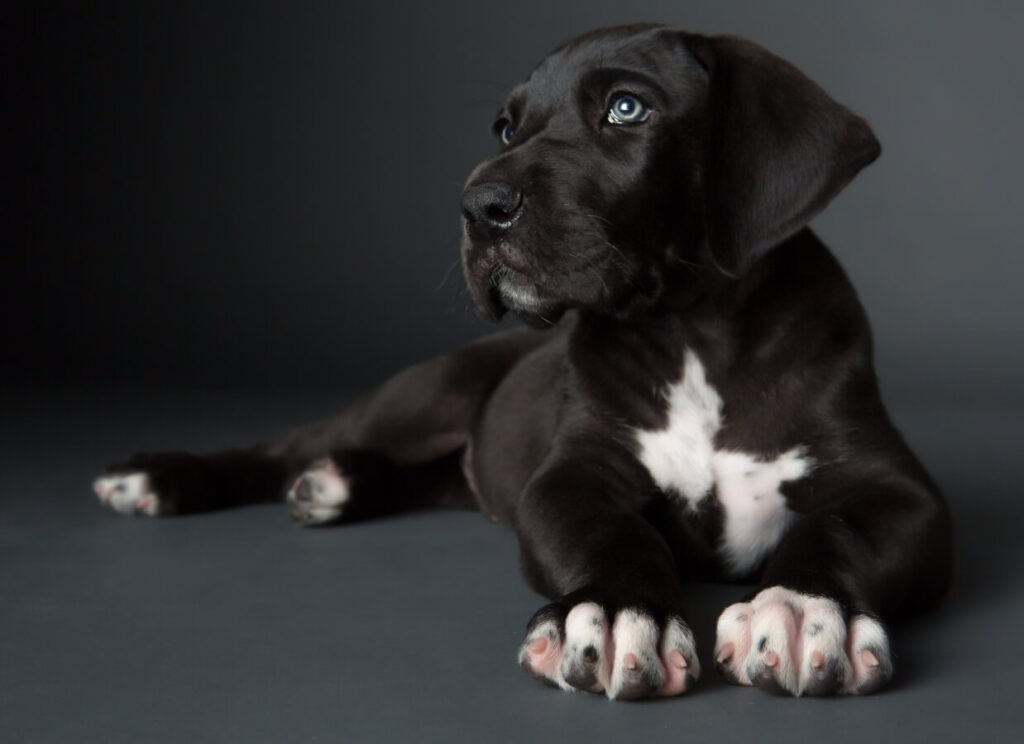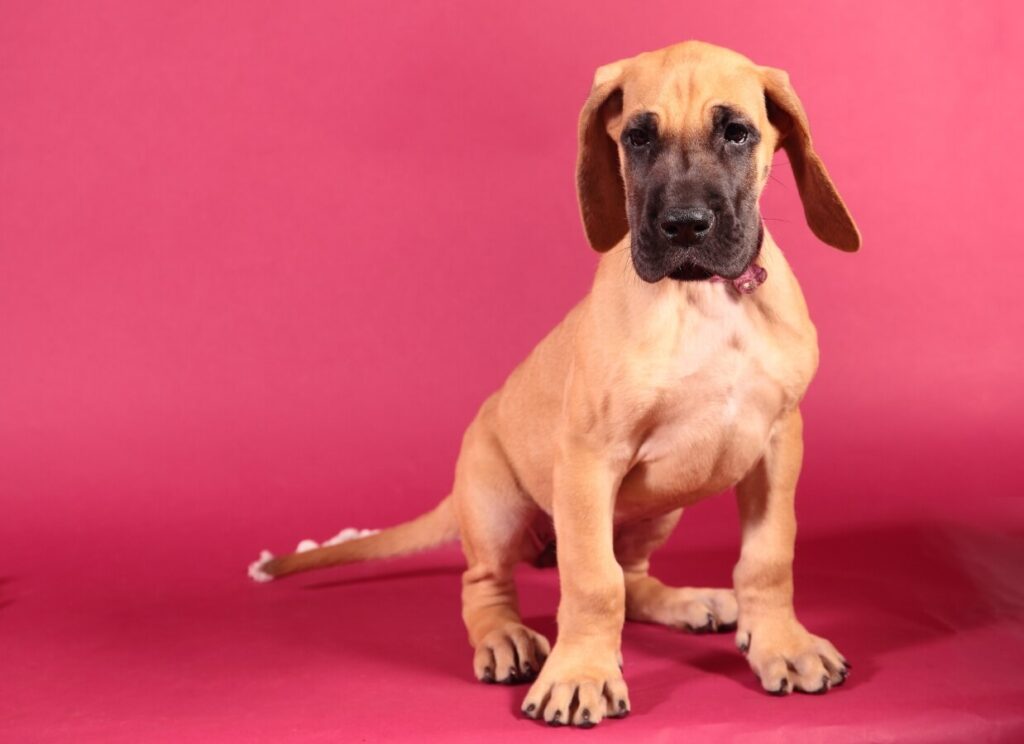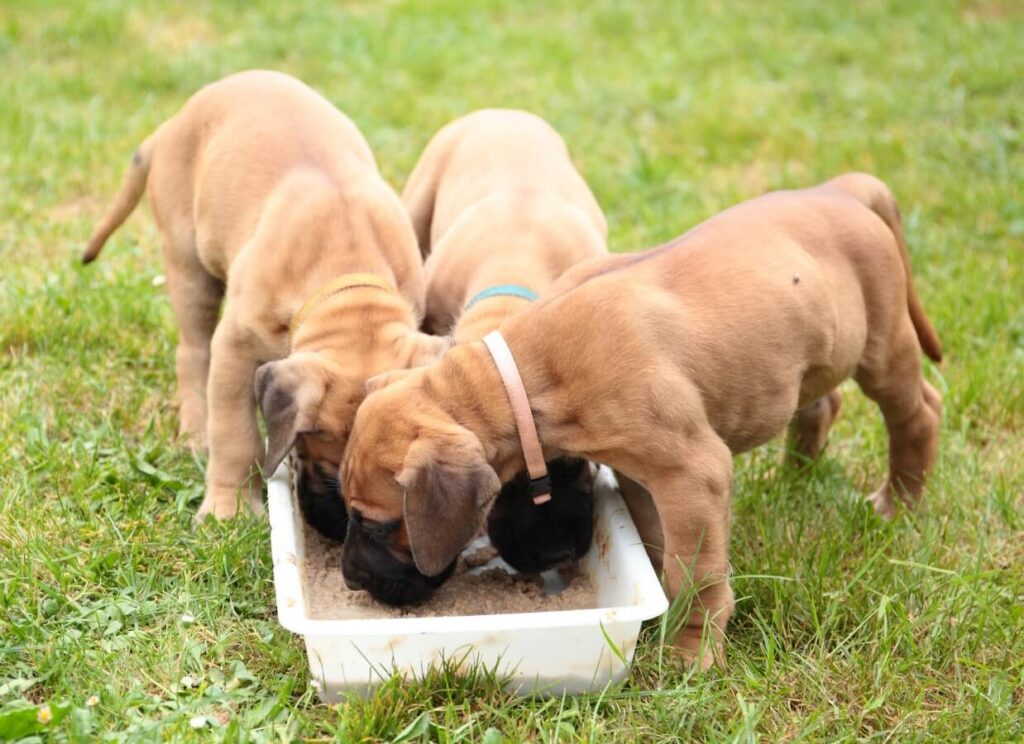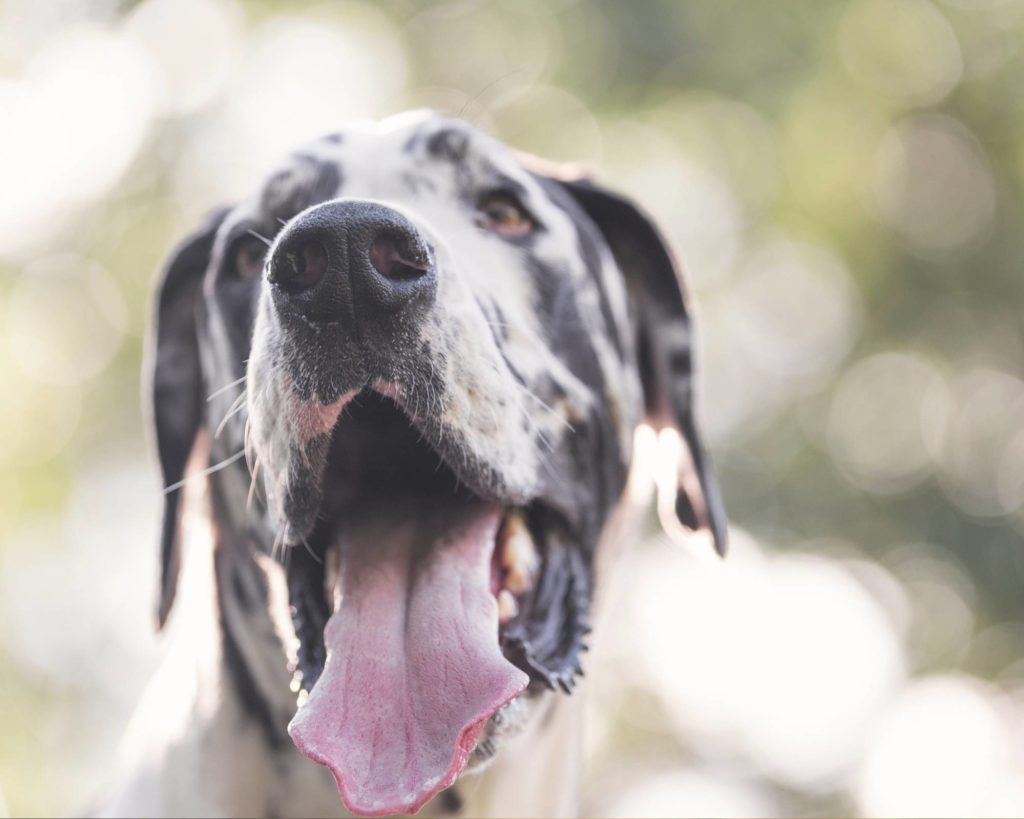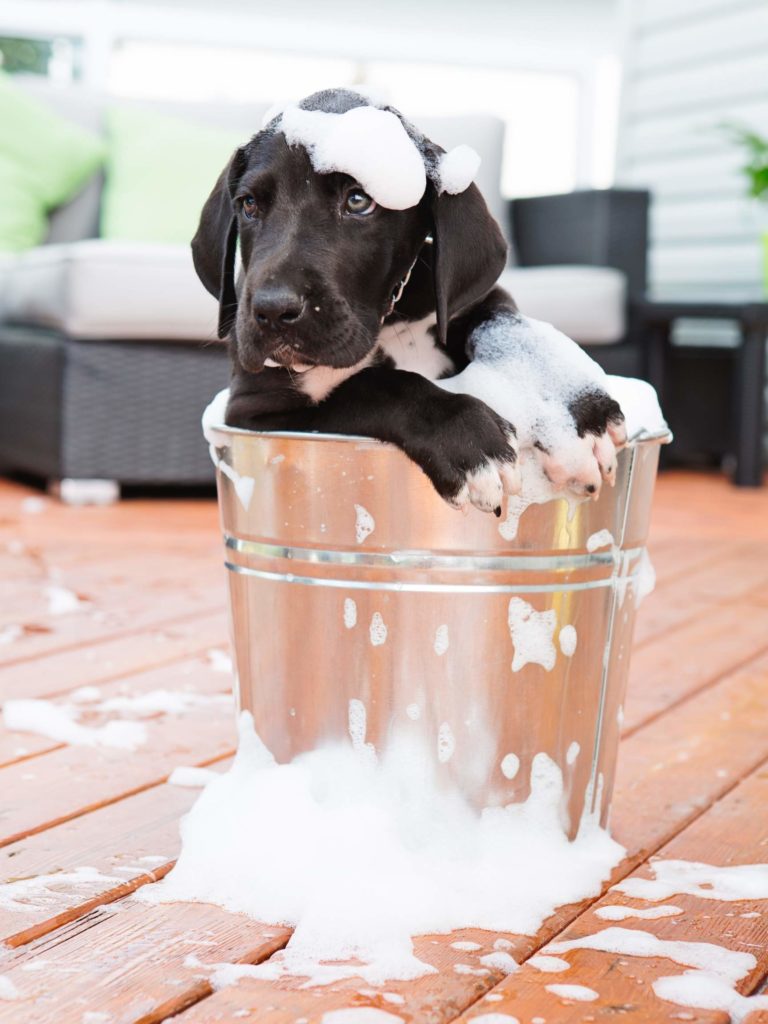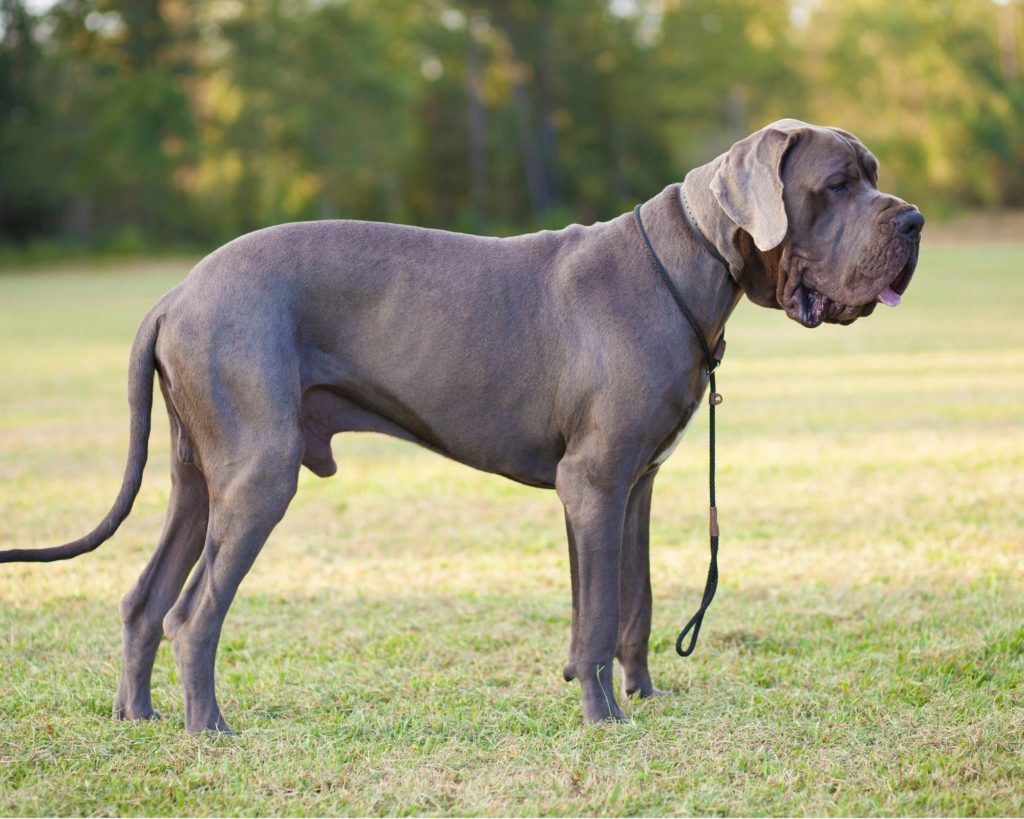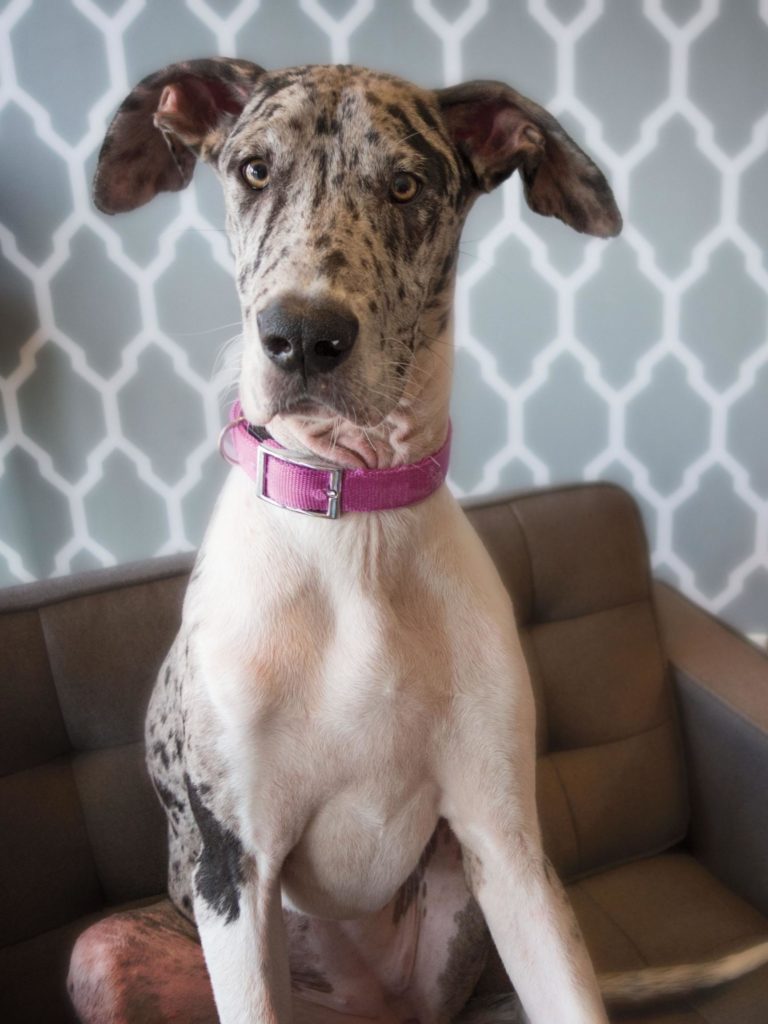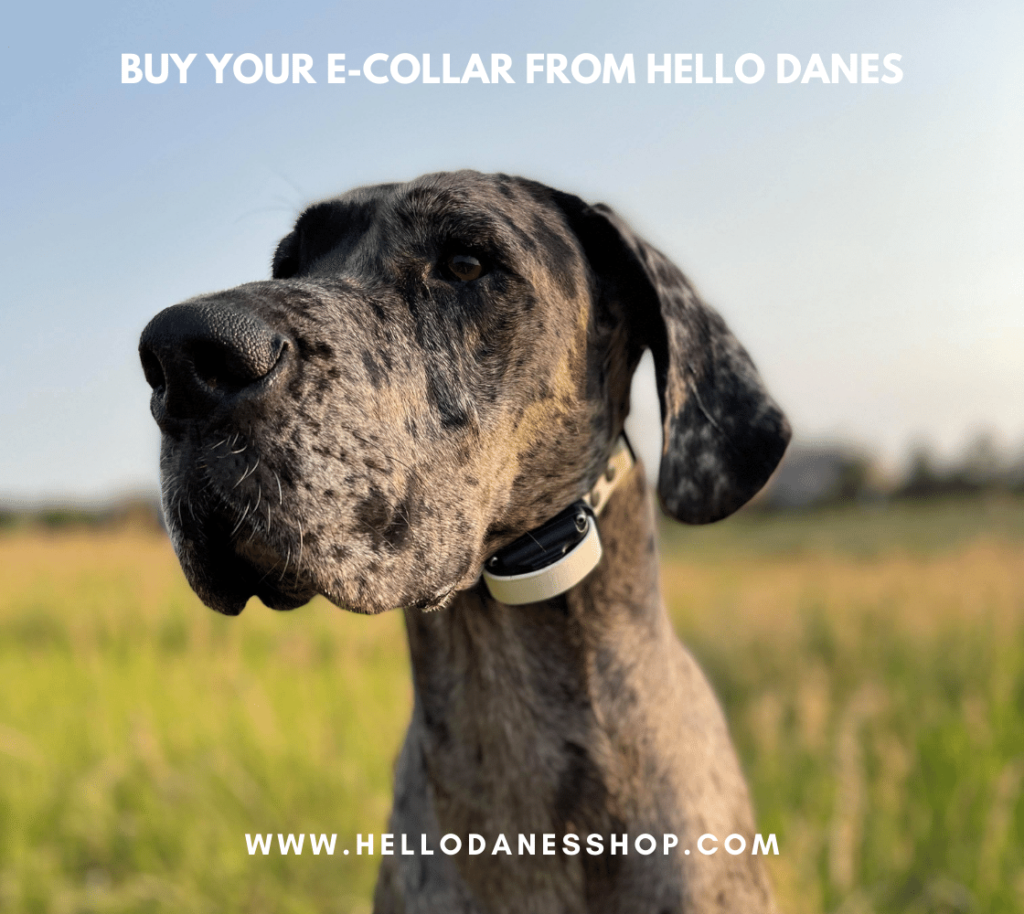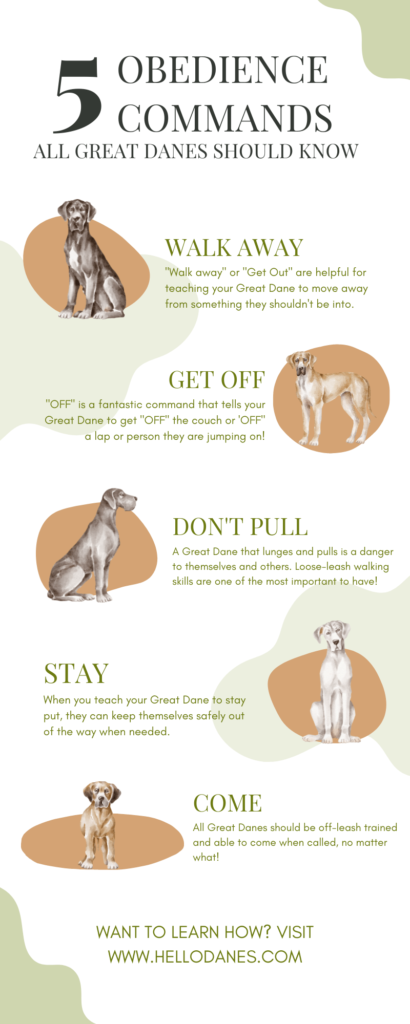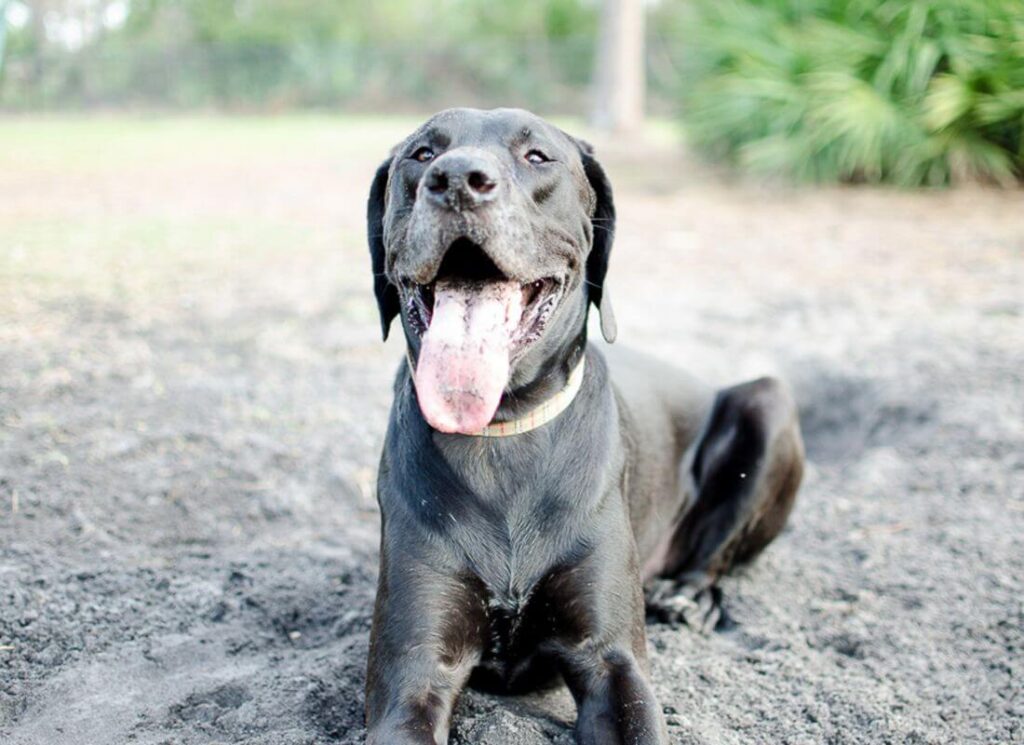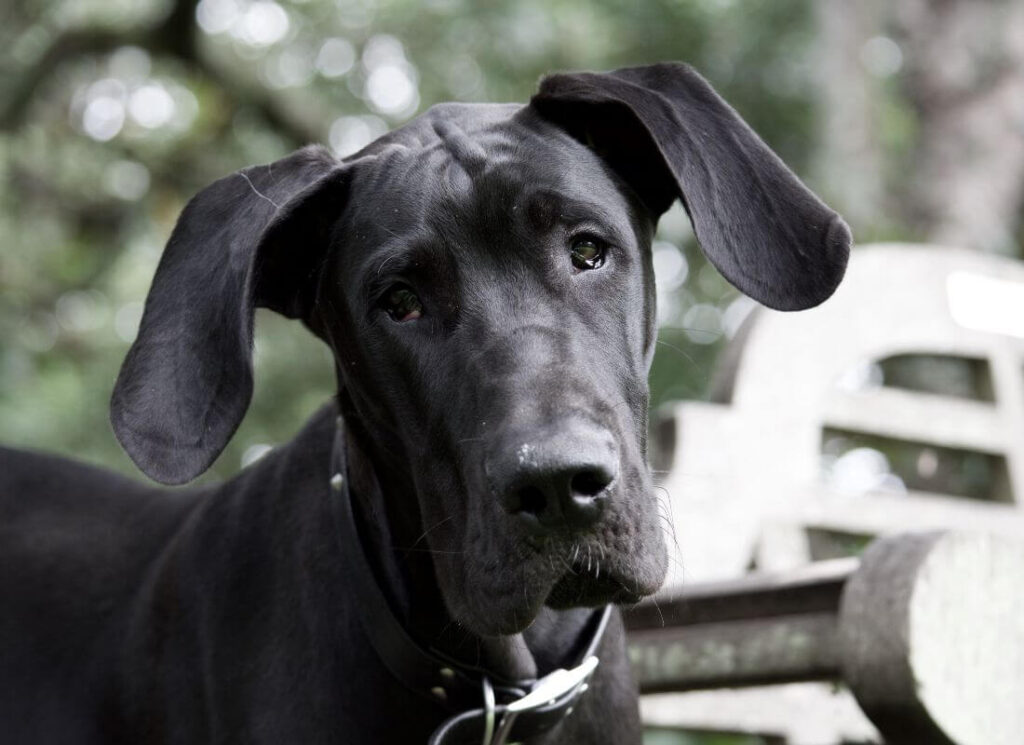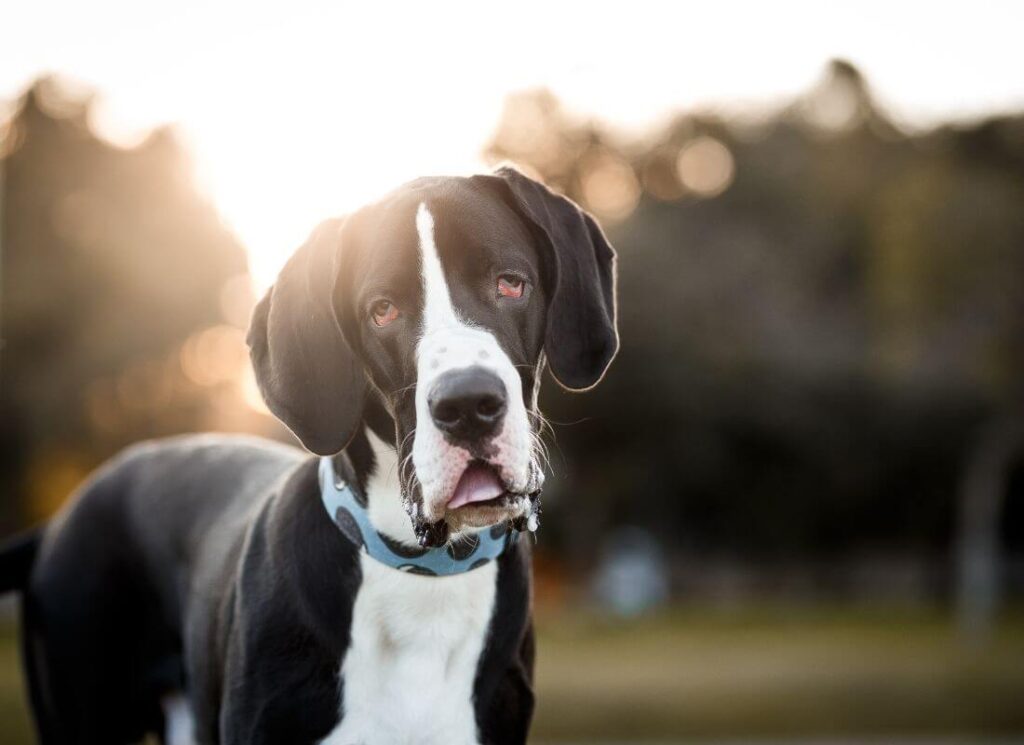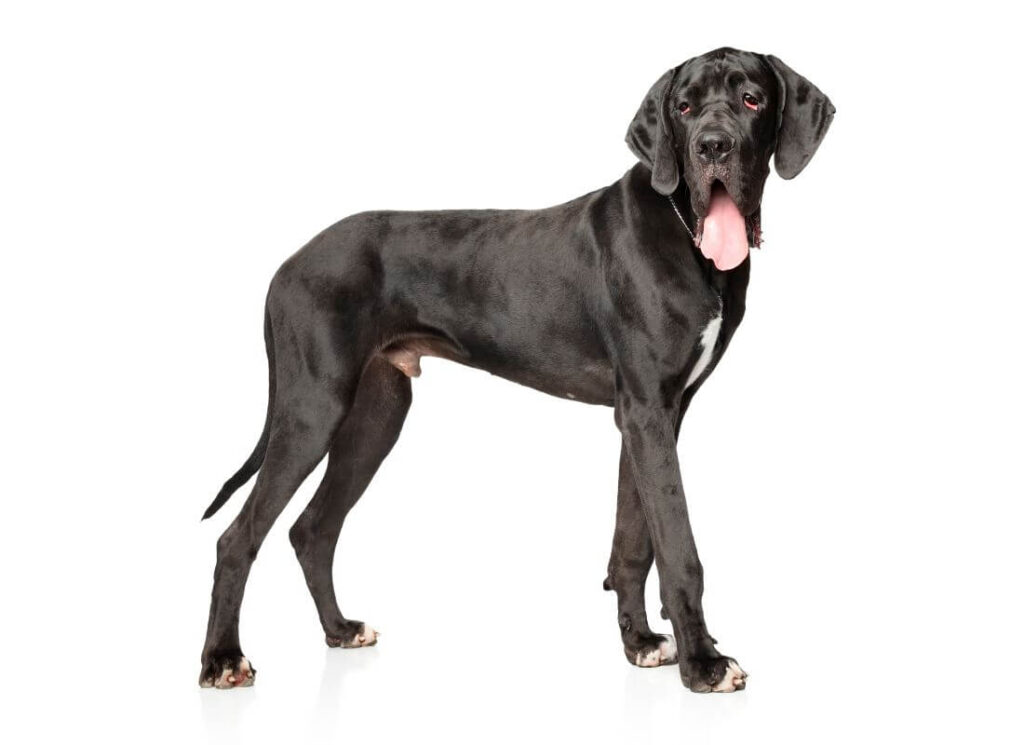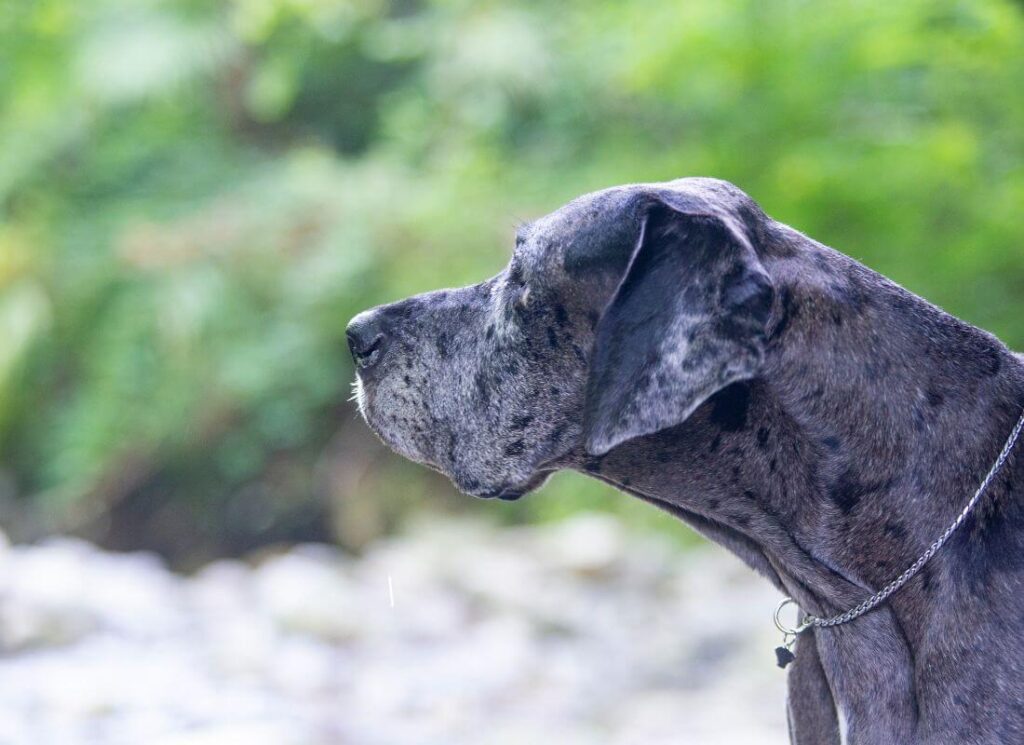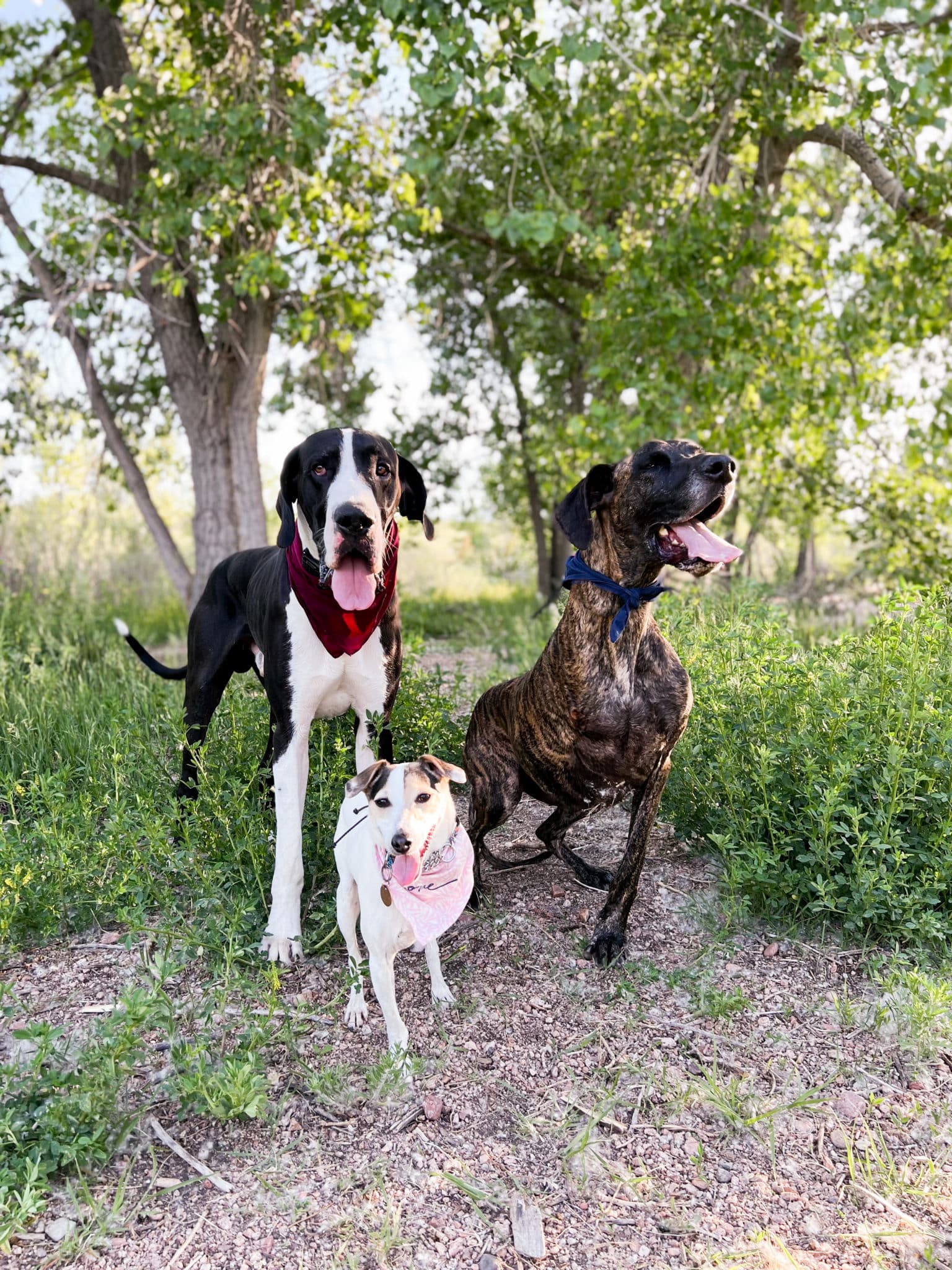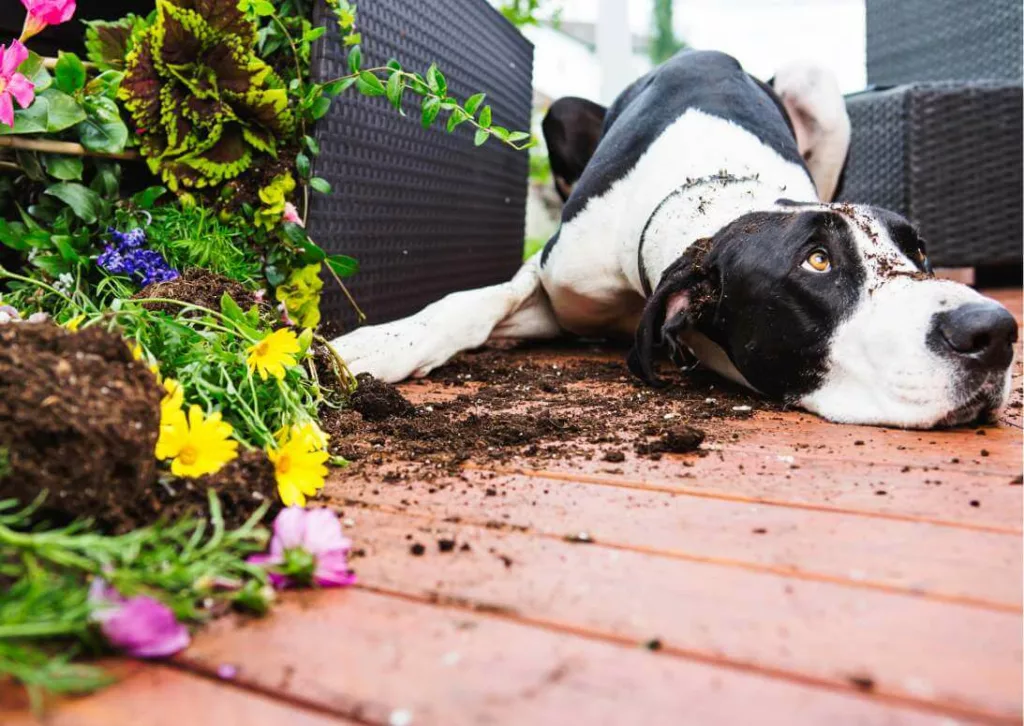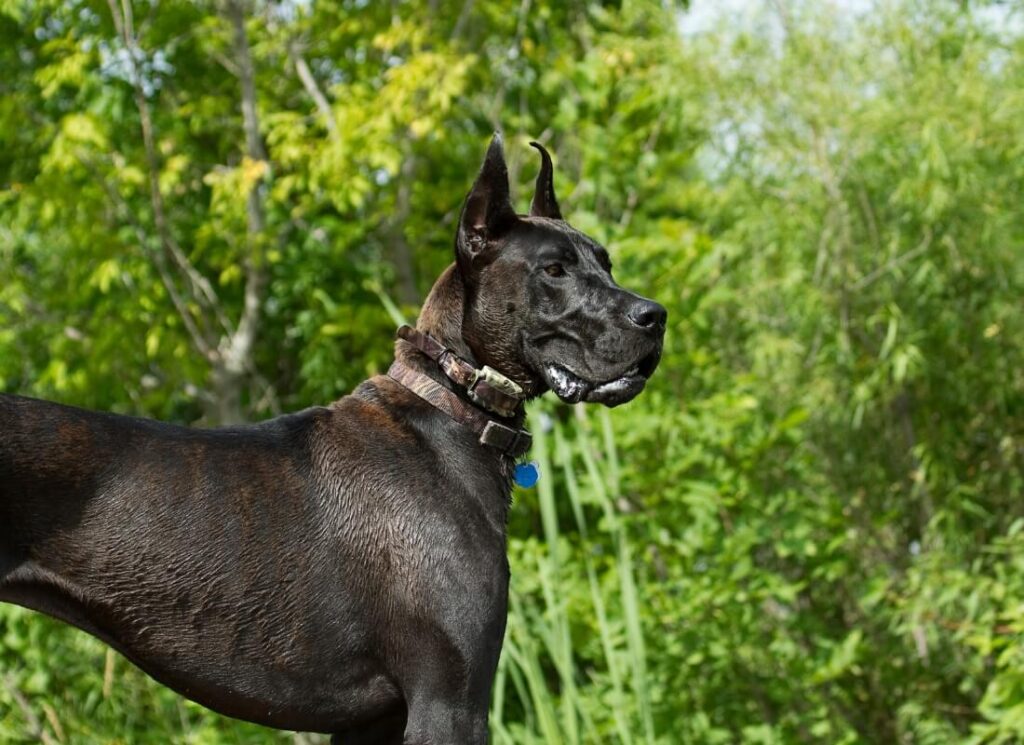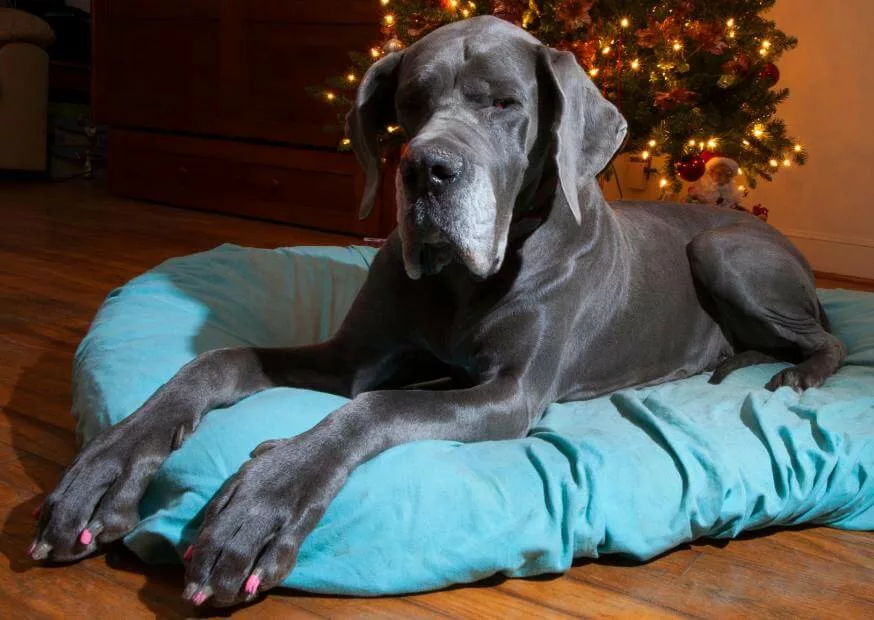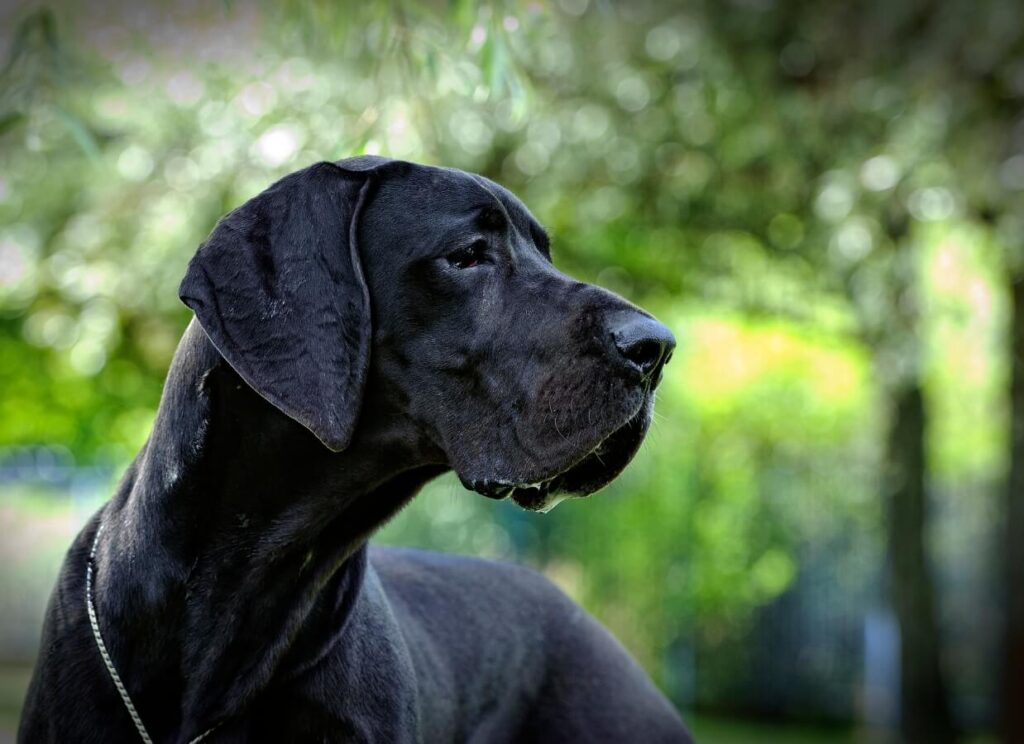Dealing with picky eating is a common challenge for dog owners. Many dogs have their own unique preferences and may turn their noses up at certain foods, making mealtime a frustrating experience. But, the Great Picky Eater Dog Remedy may not be what you think!
While it’s essential to rule out underlying health issues with the guidance of a veterinarian, picky eating in dogs often stems from behavioral or environmental factors.
In this article, we will explore various (free!) remedies and strategies to address picky eating habits in your canine companion, ensuring they receive the nutrition they need and enjoy their meals once again.
Why do dogs get picky about food?
Before we can understand how to fix picky eating in our pets, we have to understand why dogs are picky in the first place.
Just like humans, dogs can develop discerning palates and preferences for certain higher value flavors and textures. That doesn’t mean they should be eating filet mignon every day anymore than we should be eating shrimp scampi, but many pet parents address this behavior by giving their dogs tasty treats and toppers (more on this common mistake below!).
If a dog has been given table scraps or high-value treats frequently, they may hold out for these more enticing options instead of their regular kibble.
Environmental factors, such as changes in routine, feeding location, or food type, can also contribute to pickiness. Changes in their rate of growth can affect their appetite, too.
Additionally, some dogs may become picky eaters as a result of health issues, dental problems, or food allergies, which can make eating a less enjoyable experience.
Causes of picky eating in dogs
To keep this simple, I’m breaking down the causes of picky eating in dogs into three main categories:
a. Learned Behavior. Examples of this include dogs who won’t eat unless you add broth, chicken, eggs, or other tasty treats to the bowl, or dogs that voraciously eat a new brand of kibble but lose interest after a few days.
b. Health Problem. These dogs have underlying health issues that make them picky. Examples include dental problems, digestive upset, and obstructions.
c. The Dog is Full. A lot of people overfeed their dogs, and don’t realize that the ‘pickness’ is actually a symptom of the fact that their dog simply doesn’t want, or need, more food. (Read HERE about pet obesity).
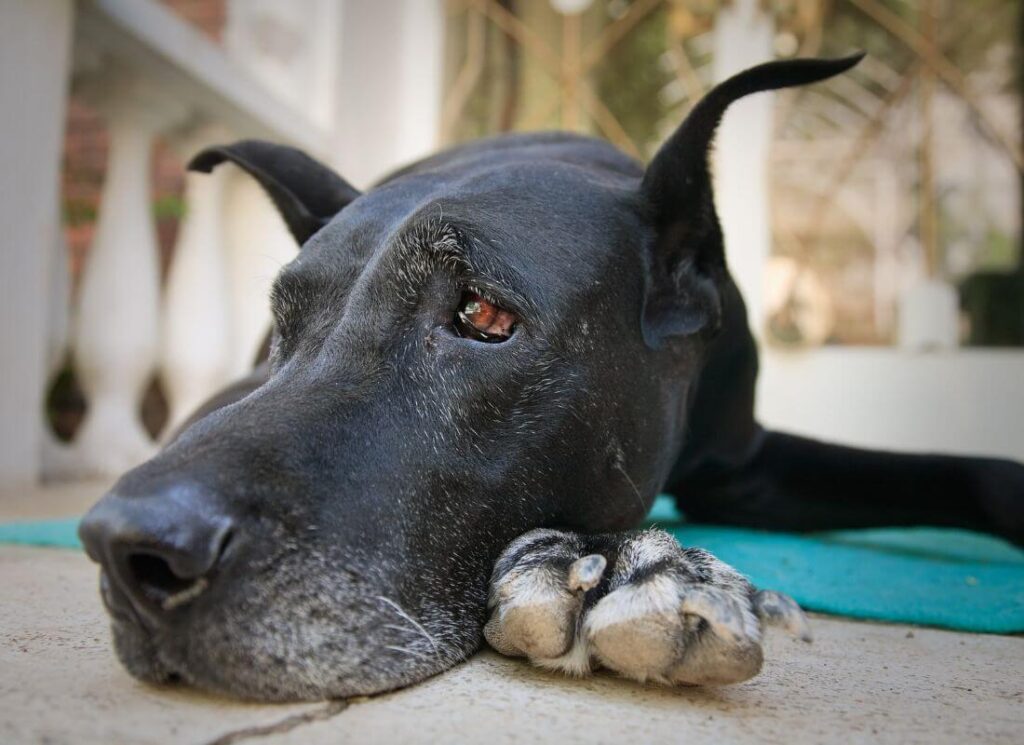
What are symptoms of picky eating in dogs?
Dogs that are “picky eaters” will turn their nose up at their food bowl, at times choosing to not eat for several meals at a time.
However, because there are often environmental (training) and physical (health) problems at play, it’s very important that dog owners not immediately jump to the conclusion that the dog is being “stubborn”.
As a matter of fact, barring legitimate health concerns, nine times out of the ten the dog is playing a game. It’s not that they are picky, it’s that they’ve learned how to get YOU as the pet parent to flip out.
Behavioral vs. Health Reasons for Picky Eating
Before you can address picky eating, you have to figure out which dog you have.
Ask yourself the following questions:
- Has my dog finished a recent growth spurt? (May not need more food)
- Is my puppy close to adult size? (Doesn’t need as much food as before)
- Is my female dog about to go into heat (Hormones can influence appetite)
- Has there been any stressful changes in our routine or home? (Stress can reduce food intake)
- Is my dog comfortable in their eating environment?
- Is the food and water bowl clean/sanitary?
- Has my dog been seen by the veterinarian, and are they free of parasites?
- Does my dog have diarrhea or other tummy upset?
- Has my dog had a full dental in the last year? (Bad teeth are a common cause of picky eating)
- Do I often respond to picky eating by adding toppers or changing food? (Common! We will dig into this below)
To determine if a dog’s picky eating habits are driven by environmental or behavioral factors, it’s crucial to observe their feeding patterns and the context surrounding their meals.
If a dog consistently eats well in certain circumstances but not in others, environmental factors might be at play. However, if the picky behavior persists in all situations and appears to be tied to their interactions with the owner or specific food preferences, behavioral factors may be more likely.
Be honest with yourself: identifying the root cause is the first step in addressing picky eating and finding effective solutions.
Why do some dogs not lick the bowl clean?
We don’t actually want our dogs scrambling to eat with excitement and licking the bowl clean! As a matter of fact, this is the opposite of a desirable behavior around food.
A lot of dogs are considered ‘picky’ when the truth is, they are simply mild-mannered and calm about their food. This is a good thing!
We want our dogs bored with their meals because:
- It reduces bloat risk (slow, stress free eating is healthier)
- It reduces obesity risk (dogs should stop eating when they are full)
Save the excitement for training treats, instead.
7-18 month old picky puppies
Puppyhood is a time of rapid growth and development, and around the age range of 7 to 18 months (depending on size), many puppies may exhibit picky eating habits.
There are several factors that contribute to this phase of finicky eating, and the worst thing you can do at this point is to switch foods or start throwing tasty toppers into your dog’s food bowl.
Changes in activity levels and metabolism as they mature can impact their appetite. As a general rule, fully grown dogs eat less per pound than puppies! At some point, your teenage pup just won’t need as much food. That’s not pickiness.
Understanding that this is a phase in their development should help alleviate any concerns that you have.
Providing patience, maintaining a consistent feeding schedule, and offering a high-quality, balanced diet are essential to help puppies through this picky eating phase and ensure they grow up healthy and strong. We recommend feeding dry diets that meet WSAVA guidelines.
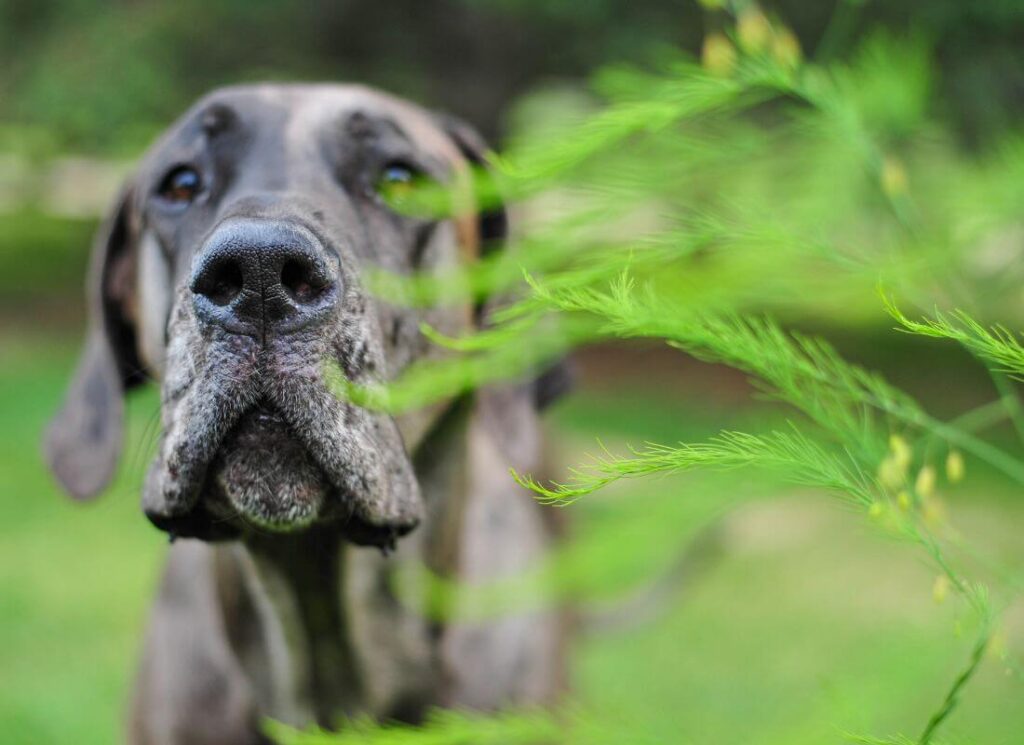
The Great Picky Eater Dog Remedy: Solving Pickiness in Dogs
Assuming that your dog is “picky” for behavioral reasons and not health ones, this section is for you!
Editors note: if you suspect ANY kind of health problem that may cause a dog to not eat, see your veterinarian! Our picky eater dog remedy is only for healthy dogs who are turning their nose up at food.
Step 1: Stop giving in! This is the hardest habit for pet parents to break. Resist the urge to change foods or top your dog’s bowl with treats and goodies. Everytime you do this, your dog learns that if they don’t eat, you will reward them with novel foods and tasty bites!
Step 2: Feed on a schedule. Offer food 2-3 times per day (your choice). Put the food down (remember, don’t make it fancy…balanced food only) and give your pup 10 minutes to eat. Set a timer and walk away! If your dog does not eat, come back and pick the bowl up. Do not offer food or treats until the next meal.
Yes, this requires a little tough love.
Step 3: Monitor intake using a kitchen scale. You may find that your dog simply doesn’t want as much food as you’ve been offering. Try cutting back a little bit and reducing your expectations for how much they need.
If you stick to this process, it should only take a week before your dog stops playing a game waiting for you to offer new food or treats. Don’t give in!
Troubleshooting: tips and tricks to encourage healthy eating habits
What if my dog is bored of their food?
The myth that dogs get bored with their food is a common misconception among pet owners. While it’s true that dogs, like humans, can enjoy variety in their diet, they don’t experience boredom with their food in the same way we might. This isn’t even something to be concerned about.
Can I incorporate fresh or canned food for health reasons?
Absolutely! A lot of people love to add canned and fresh foods to their dogs diet. Once you have followed the steps to reduce picky eating, you can begin to thoughtfully incorporate fresh and canned foods once again.
All unbalanced foods must be less than 10% of the diet. Instead of mixing it with the kibble, try using your fresh foods as training treats or stuffed into a TOPPL toy for enrichment (see on Amazon). Never use toppers to bribe your dog to eat.
What if my dog refuses to eat any meals?
If a dog refuses to eat meals for more than 2 days in a row, there is very likely to be an health issue at play and you MUST see your veterinarian. On the other hand, if your dog skips a day (or even up to two days) of meals but is otherwise energetic (especially if they will take a small treat you offer them as a test), stick it out. Do not let your dog play you!
It’s even ok if your picky eater nibbles at the food you offer, but doesn’t eat it all. A truly healthy dog that requires no veterinary care will NOT starve themselves to death. Follow the process.
Picky eaters losing weight
Rarely, a dog will present with picky eating and no apparent health issues that will skip meals to the point of losing weight.
This is not a normal healthy behavior and does require a veterinary visit. Some dogs are ‘hard keepers’ and the veterinarian can provide diet recommendations that have an appropriate balance of nutrition for dogs like this.
In particular, some breeds (usually working breeds such as farm dogs, poodles, and malinois) don’t eat much or at times don’t eat enough; this is largely related to genetics!
Farm dogs (Pyrenees for example) were bred to not need a lot of food. Malinois are high energy ‘buzzing’ breeds with fast metabolisms that usually require a scientifically formulated sport diet. Poodles in general are not very food motivated, because they were bred to please without food.
Even for dogs like this, people make the same mistakes that actually encourage bad eating habits. Most dogs will not let themselves die of starvation.
Feeding for a Healthy Body Weight in Dogs
The issue of pet obesity is a growing concern, with a significant number of dogs being overweight or obese. I bring this up because many “picky dogs” are actually overweight and do NOT need more food.
In the United States, for instance, it’s estimated that more than half of all dogs are overweight. This alarming trend can lead to various health problems, including joint pain, diabetes, heart disease, and a decreased life expectancy.
To combat this issue, responsible pet owners must take action. One key step is to consult with a veterinarian to determine your dog’s ideal weight and develop a suitable diet and exercise plan. This plan should include a balanced diet with appropriate portion control, regular physical activity, and minimizing high-calorie treats.
Unsure if your dog is overweight or not? Check out the Purina Body Condition Scoring System.


